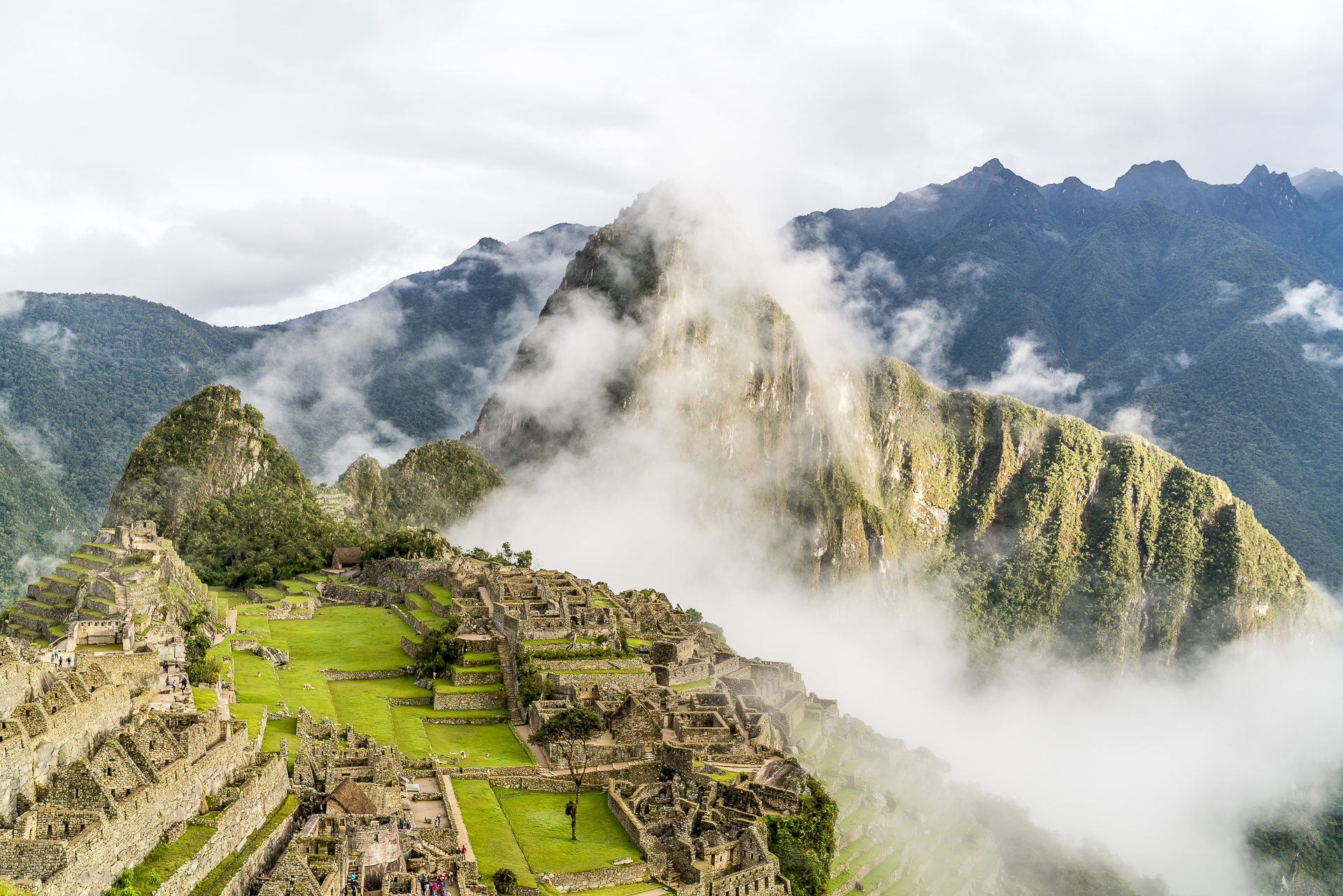
More than Machu Picchu: 3 hotels around Cusco for your bucket list
The historic capital of the Incas, Cusco, as well as the impressive Inca ruins in Machu Picchu are undisputedly among the main tourist attractions in South America. On the one hand, the many visitors from all over the world are a blessing for the local population, but on the other hand, “mass tourism” endangers the substance of the historical sites as well as the surrounding nature. In the run-up to the trip, I thought about whether and in what way I wanted to visit Machu Picchu. I was critical and feared that I would be disappointed.
Due to an already existing contact with the platform Green Pearls®, which presents sustainable and hand-picked hotels worldwide, the opportunity arose to get to know Cusco and the sacred valley including Machu Picchu from a different side. We combined our trip with a visit to three Inkaterra hotels. Inkaterra has been committed to the preservation of local culture and flora and fauna since 1975 and is Peru’s first tourism company to be declared CO2 neutral. We were on the road for a total of five days in and around Cusco with arrival and departure and the Inkaterra hotels offered us an ideal starting point to get to know the multifaceted region from different perspectives.
Cusco – Machu Picchu: our round trip in the empire of the Incas
Before our stay in and around Cusco, we were traveling in Bolivia and traveled by bus via Puno to Cusco. We spent the first night at the Hostal Corihuasi, which is located near the Plaza de Armas in the historic center of Cusco. I received this hotel tip from my mother, who traveled to Peru with my brother a few years ago.
Our round trip from Cusco to the “Valle Sagrado” (Sacred Valley of the Incas) started the next day. The transfers between the three different hotels at three different locations were organized by Inkaterra Experiences. From Cusco the journey took us via Chinchero and Ollantaytambo to Aguas Calientes (Machu Picchu Pueblo), from there we went back to Ollantaytambo the next day and then on to Urubamba. On the third day there was a return transport via Coya and Pisac to Cusco, where we spent the night at the Hotel Inkaterra La Casona.
Day 1: from Cusco to the cloud forest of Aguas Calientes
If you travel to Cusco from Lake Titicaca like we did, you don’t have to worry about acclimatization anymore. Cusco is located at 3,400 m above sea level and the Valle Sagrado with Machu Picchu has altitudes between 2,000 and 3,000 meters. We visited the area in February – and thus during the rainy season. For this reason, it was clear to us from the outset that we would not do any of the well-known trekkings and travel by bus / train from Cusco to Aguas Calientes. The decision turned out to be the right one, as it did not rain continuously during our stay, but it was very humid for the most part. It should also be noted that during the rainy season there are no trains connecting Cusco directly with Aguas Caliente. Thus, a transfer by taxi, bus or minibus from Cusco to Ollantaytambo is required.
The first stage took us in a minibus from Cusco via Chinchero – the highest point of the Valle Sagrado – to Ollantaytambo. If you plan enough time between bus transport and train departure, you can use the time for a stroll through Ollantaytambo including a detour to the Inca ruins, which are also worth seeing. The Ollantaytambo – Aguas Calientes route is currently served by two companies on a regular basis: Peru Rail and Inca Rail. The ticket prices of the trains vary depending on the time of departure. The cheapest tickets are available early in the morning and late in the evening. The cheapest round-trip tickets are in the range of $100 per person. However, it can also quickly add up to $180 or over $200. We paid $140 per person for our tickets (including snacks and lunch on the outward journey – only snacks on the return).
The drive from Ollantaytambo to Aguas Calientes takes 1.5 hours and leads along the Rio Urubamba through impressive cloud forests. Thanks to the open-air carriage, there are plenty of photo opportunities along the way. The Inkaterra Machu Picchu Pueblo Hotel in Aguas Calientes is less than a five-minute walk from the Aguas Calientes train station. Thanks to light luggage (only one piece of hand luggage with a maximum of 8kg per person is allowed – but this was not checked by us) we quickly reach our hotel and can relax the rest of the afternoon in a cozy environment. Aguas Calientes itself is not a pretty place, but clearly marked by the daily “clearance” of the masses of tourists. The Machu Picchu Pueblo Hotel is a welcome antithesis and a true green oasis. The hotel is spread over many different small houses, which integrate naturally into the cloud forest. The extensive 5-hectare hotel grounds include beautifully landscaped forest paths, which can be explored independently or as part of guided hikes.
Day 2: Ascent to Montaña Machu Picchu
After an early breakfast (at 05:30) including a cup of home-grown green tea, we make our way towards Machu Picchu. I had bought the tickets for the visit to Machu Picchu online about a month before. I found the perfect guide for the booking process with Nora from Info-Peru. Simply follow the points described there step by step and you will receive your tickets without additional agency costs. The Machu Picchu tickets are exclusive bus travel from Aguas Calientes to the Machu Picchu entrance gate. We got these the day before directly on site. To buy the bus tickets you have to show your pass.
To visit Machu Picchu, there are the following ticket options:
- 1er Turno (Morning)
- 2nd Shift (Nachmittag)
- Machu Picchu and Montaña
(7:00 a.m. to 8:00 a.m. or 9:00 a.m. to 10:00 a.m.) - Machu Picchu and Waynapicchu
(7:00 a.m. to 8:00 a.m. or 10:00 a.m. to 11:00 a.m.
The entrance “only” to Machu Picchu costs 152 dollars per person for foreigners via the government website. Tickets for Machu Picchu and Montaña/Waynapicchu cost $200. We opted for the expensive tickets including access to the Montaña. In addition, there are 24 dollars per person for the round trip by bus. Many save this money by hiking up to Machu Picchu. From my side, I can say that I was glad – especially including the ascent to Montaña – that we treated ourselves to the bus ride. It’s a few meters in altitude and if you have the morning ticket, you have to get up very early. Due to the rather modest weather, we didn’t hurry much after breakfast and caught a bus up to Machu Picchu shortly before 7 a.m. without queuing. Perfect timing: Just as we reach the first viewing platform, the sun’s rays break through the cloud cover for a brief moment and give us an unparalleled postcard picture. However, the happiness is short-lived. The subsequent ascent to Montaña (which made us gasp quite a bit) is almost for nothing, because we don’t see anything at all. By the way, if the ticket inspector at the entrance hadn’t drawn my attention to my Montaña entry window, I would have completely forgotten that I had purchased tickets with this extra access. If you are looking for a Machu Picchu experience away from the numerous visitors (and we were “little” busy thanks to the rainy season, but I still found it very crowded), I can recommend the Montaña ascent even on foggy days. I really enjoyed the mysticism of this narrow, steep trail.
In the early afternoon we are back in Aguas Calientes and bridge the time until the train ride back to Ollantaytambo with lunch at Cafe Inkaterra right next to the train tracks. Shortly before dark, we reach the Inkaterra Hacienda Urubamba by train and minibus, just outside the center of Urubamba. If you are looking for a special accommodation in Valle Sagrado, you have come to the right place. The architecture of the main building is based on the style of traditional country houses. “Casitas” are grouped around it. These cottages are one of a total of four room categories. Everything is incredibly generous. Homemade pralines are waiting for us in the room. Afterwards, Chicha Morada is served as an aperitif in front of the crackling fireplace in the bar. A wonderful retreat where I would have liked to stay longer. The team on site organizes tailor-made hiking tours and excursions for the guests, so that you can easily spend several days in the hacienda. The only thing to note is that there are not many restaurants within walking distance. This is not tragic, because we had an excellent dinner in the hotel (be sure to order the ceviche in the spicy version).
Day 3: Insights into the Urubamba Valley
Also in the Hacienda Urubamba we are spoiled with a fine breakfast. While there is a buffet at the Machu Picchu Pueblo Hotel, here everything is served directly to the table. We appreciate this, as it makes breakfast seem more relaxed to us. In addition to bookable experiences and hiking excursions, all Inkaterrahotels also offer a selection of excursions as inclusive services. At Hacienda Urubamba, these include an insight into local chicha production, a visit to the hotel’s organic farmland, bird watching and half-day guided hikes on the Challa Huasi Trail, which starts right at the hotel and offers beautiful views of the Valle Sagrado. Together with our guide, we first set off on the Challa Huasi Trail, where he explains to us how the Incas used them for medicinal purposes and how they still use them today. Afterwards we explore the extensive agricultural areas together and listen to the enthusiastic explanations of our guide. I love to roam through gardens with people who know about plants and taste flowers, roots and leaves every few meters: just incredibly exciting. Filled with impressions and many exciting facts about Peruvian cuisine, we return to the hacienda around noon, where the transport back to Cusco is already waiting for us.
Back in Cusco, we have the pleasure of spending a night at La Casona. This boutique hotel is located in one of the oldest colonial buildings in the city and comprises just 11 suites. An exclusive retreat that appeals to fans of historic buildings – and I count myself among them – in any case. The rest of the afternoon we sit back in the soft armchairs in the lobby, enjoy a hot chocolate and tea during tea time and then feast on the à la carte dinner menu. It would be a shame not to enjoy this ambience to the fullest.
Day 4: Discovery tour of Cusco
At Inkaterra La Casona, the day starts with a combination of buffet and table service. In each of the three hotels, a large selection of freshly prepared egg dishes is also included in the room rate.
As a prelude to our tour of Cusco, we take a look at the house next door; the Museo de Arte Precolumbiano (entrance fee 20 PEN). Both this and the Museo de Inka (admission 10 PEN) do not manage to inspire me in the long term. If you have to set priorities due to time constraints, I think it’s better to invest your time in a stroll through the San Blas district and a detour to the San Cristobal church – here you can find the panoramic views over Cusco. It is also an entertaining pastime to simply sit down on one of the benches on the Plaza de Armas and watch the action around you: Amusement guaranteed! However, my top tip for Cusco is to visit the restaurant Limo right at the Plaza de Armas (Portal de Carnes 236). The entrance is somewhat hidden via a courtyard. The Nikkei-style drinks and sushi served there are so good that we ended up there twice (and that’s very rare).
My conclusion after five days in Cusco, Valle Sagrado and Machu Picchu? I wouldn’t want to miss this travel experience. Even though my expectations regarding Machu Picchu and the many selfie stick waving tourists came true, this round trip fortunately gave us a more comprehensive insight into the rich culture of the Incas as well as the diverse flora and fauna of the Andean highlands.
Practical tips for your trip to Cusco:
- We traveled from Puno to Cusco by bus and then flew from Cusco to Lima. There are several bus and flight connections between the larger Peruvian cities per day.
- I recommend buying the Machu Picchu tickets as well as the train tickets for the trip from Ollantaytambo to Aguas Calientes in advance. Depending on the weather, you may be able to buy a discounted afternoon ticket spontaneously on site.
- Taxi drivers in Cusco, as a rule, charge rather a lot for the routes – it is worth “bargaining” the price down.
- Prices for a double room per night including breakfast start at Hacienda Urubamba and the Machu Picchu Pueblo Hotel at around $530 and at La Casona at $420 (seasonally variable).
- There are many great restaurants in Cusco – in addition to the restaurant Limo, we were impressed by the restaurant Inkazuela.
- Helpful information for your travel planning around Cusco (and Peru in general) can be found on Info-Peru.
- The best way to get inspiration for other activities in Valle Sagrado (especially trekking) is to read the detailed Peru travel report by Viel Unterwegs.
Note: Our visit to Cusco was supported by Inkaterra as well as Green Pearls®. All impressions and opinions are, as always, ours.
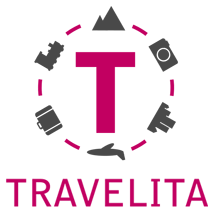

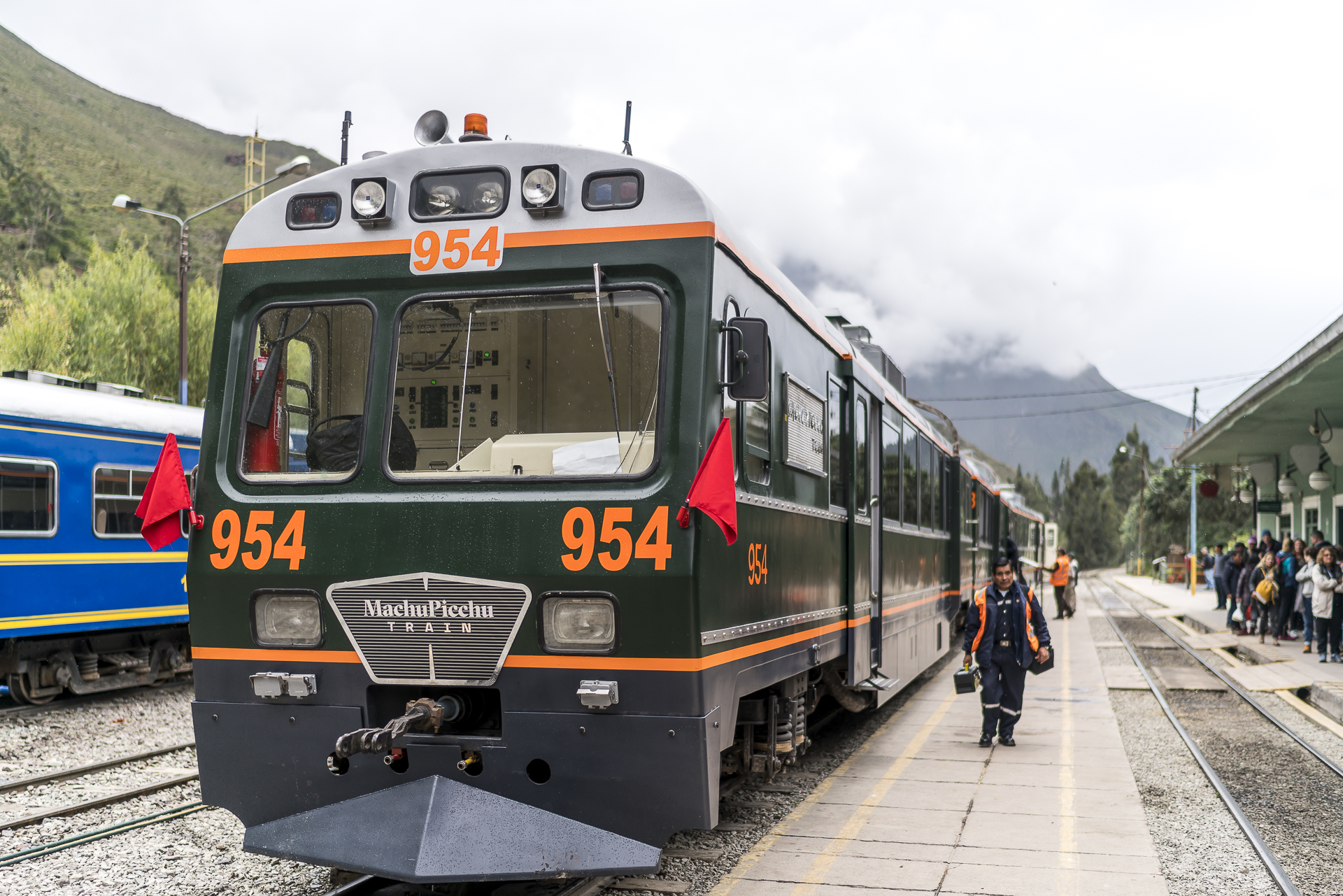
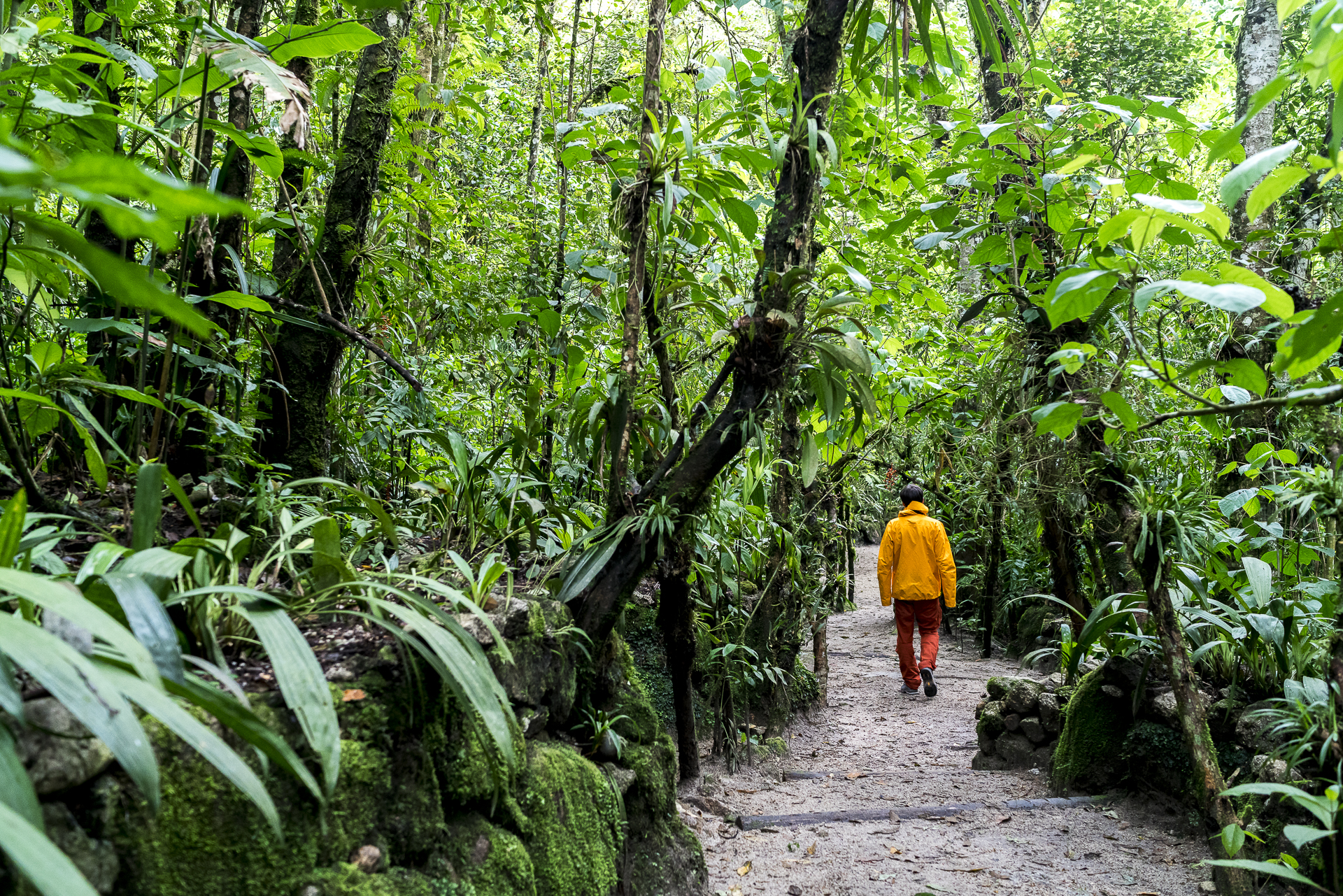
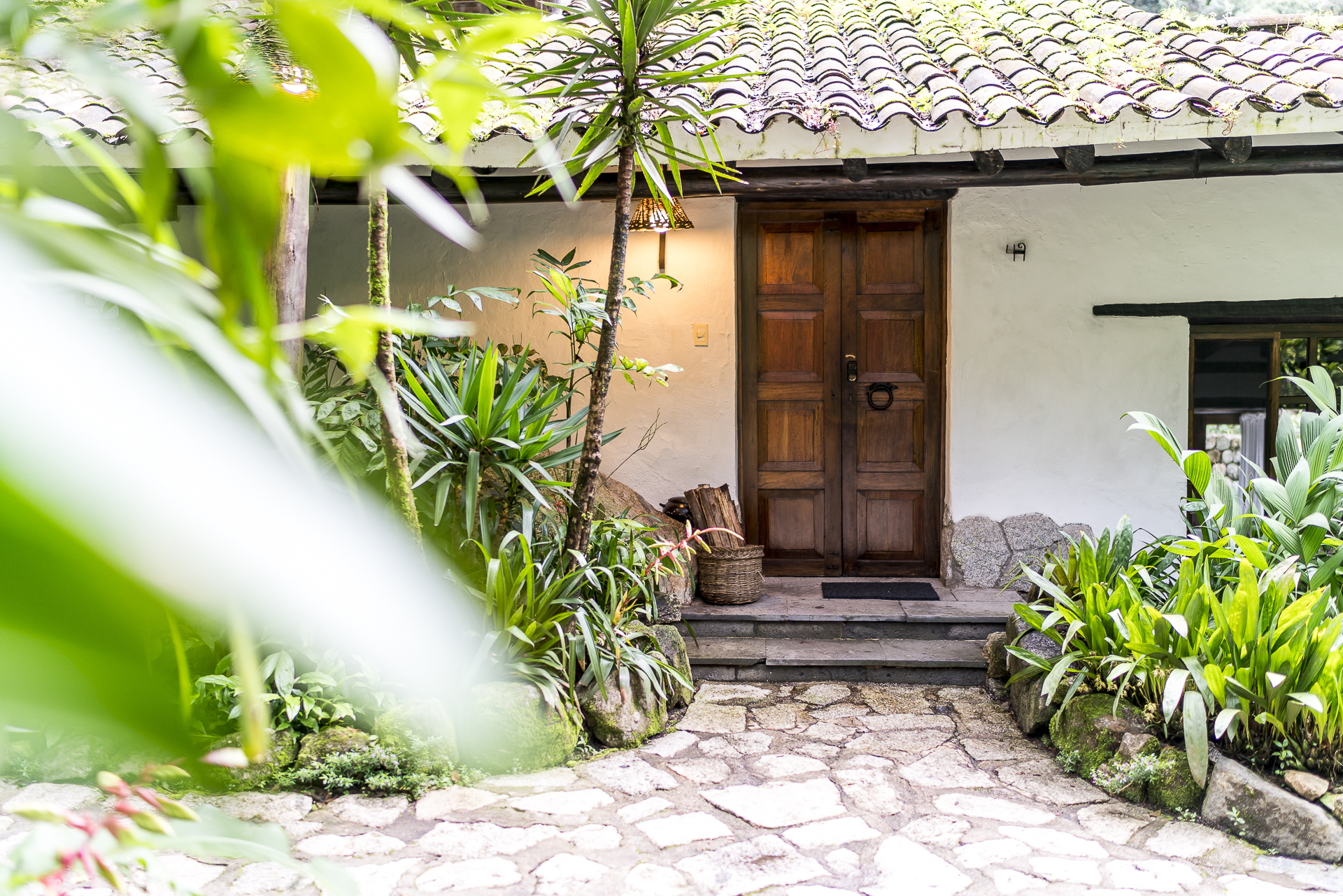
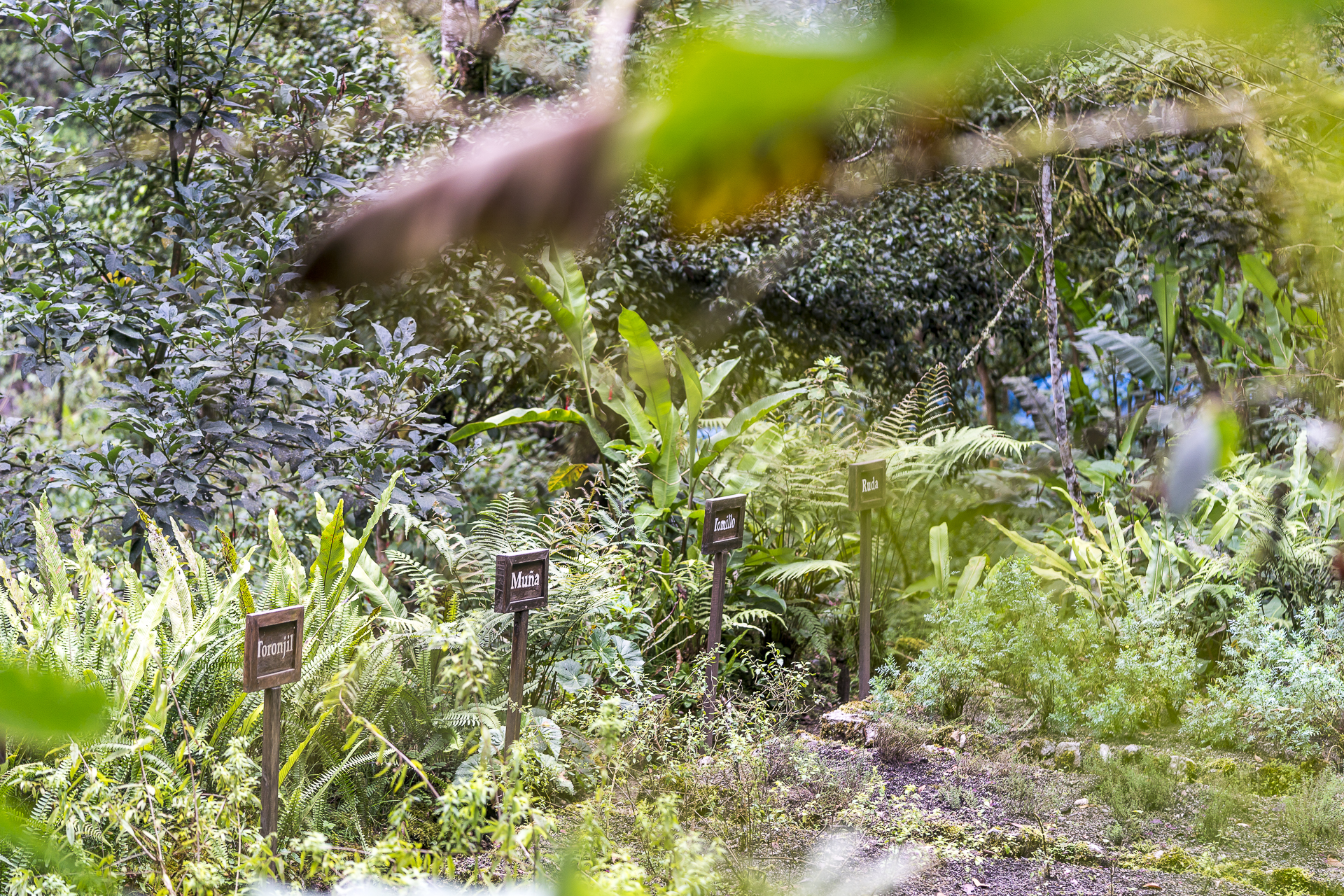

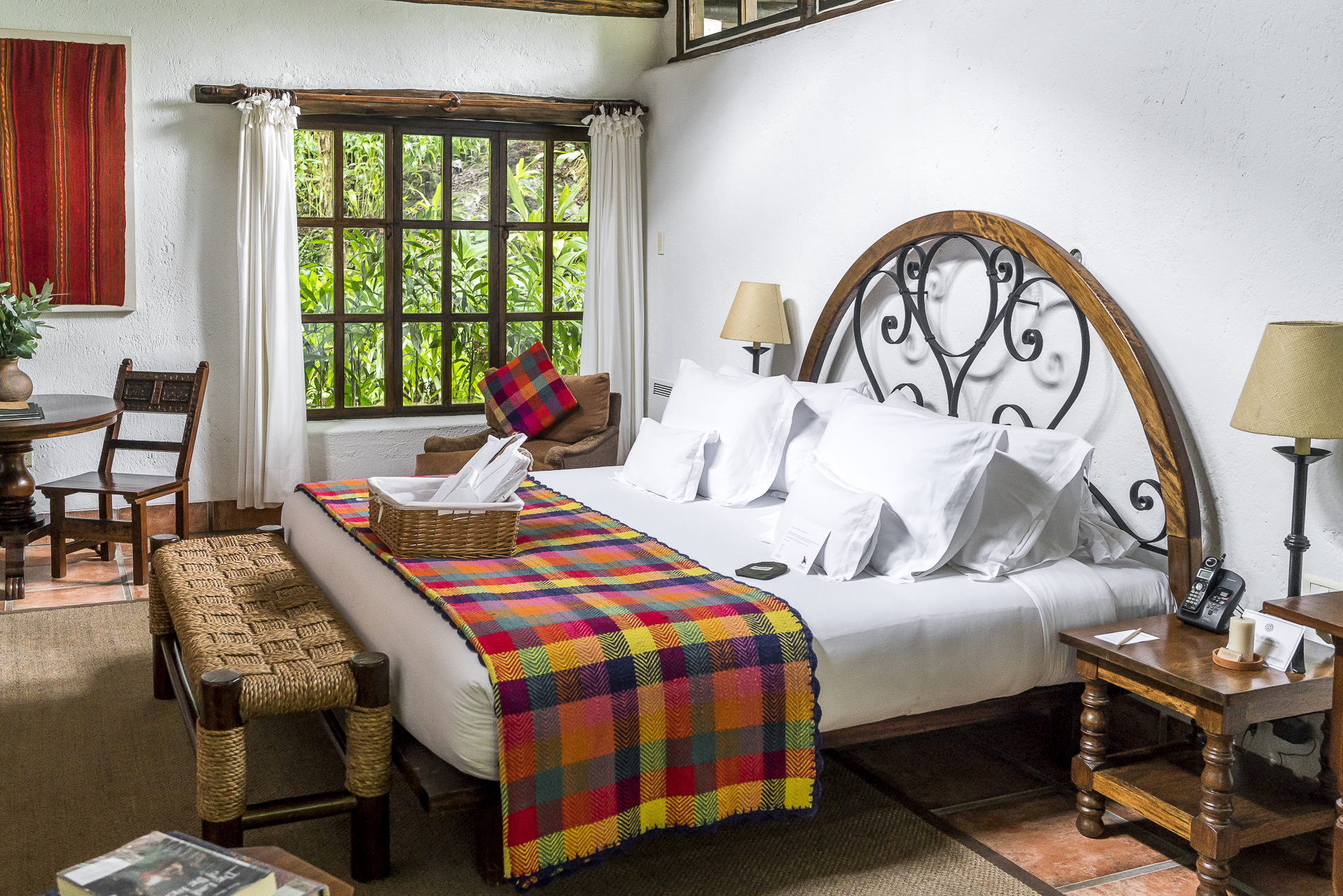
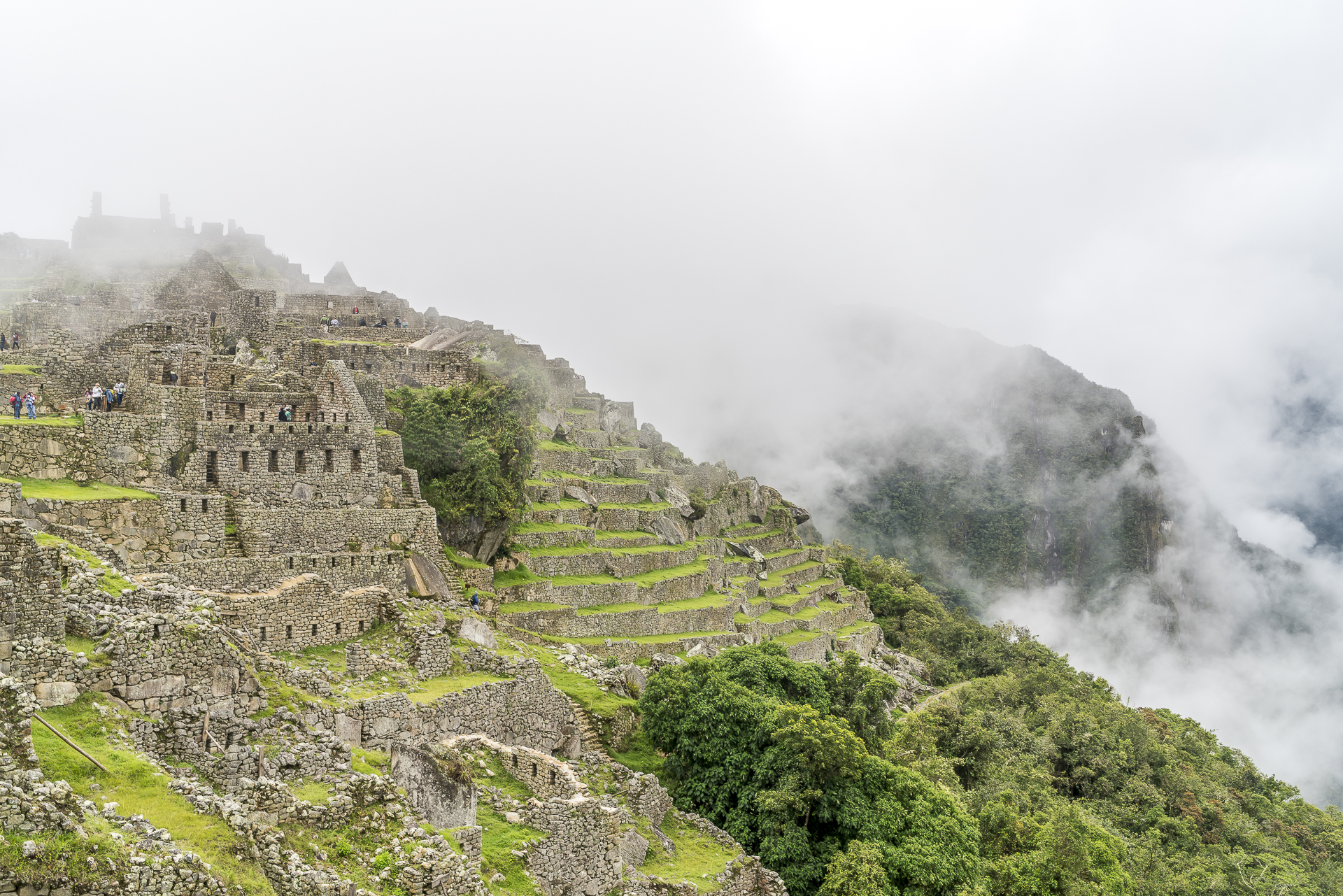
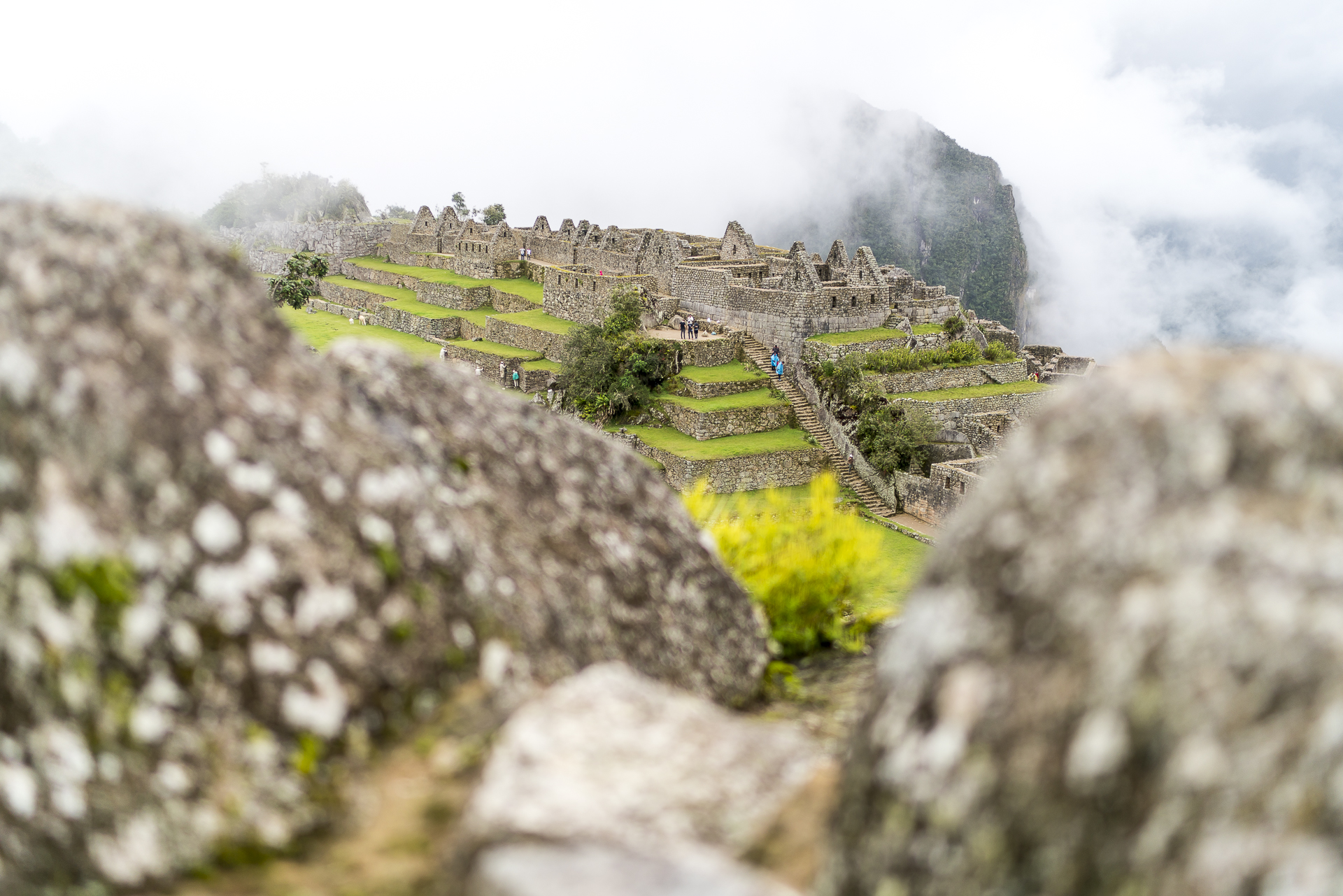
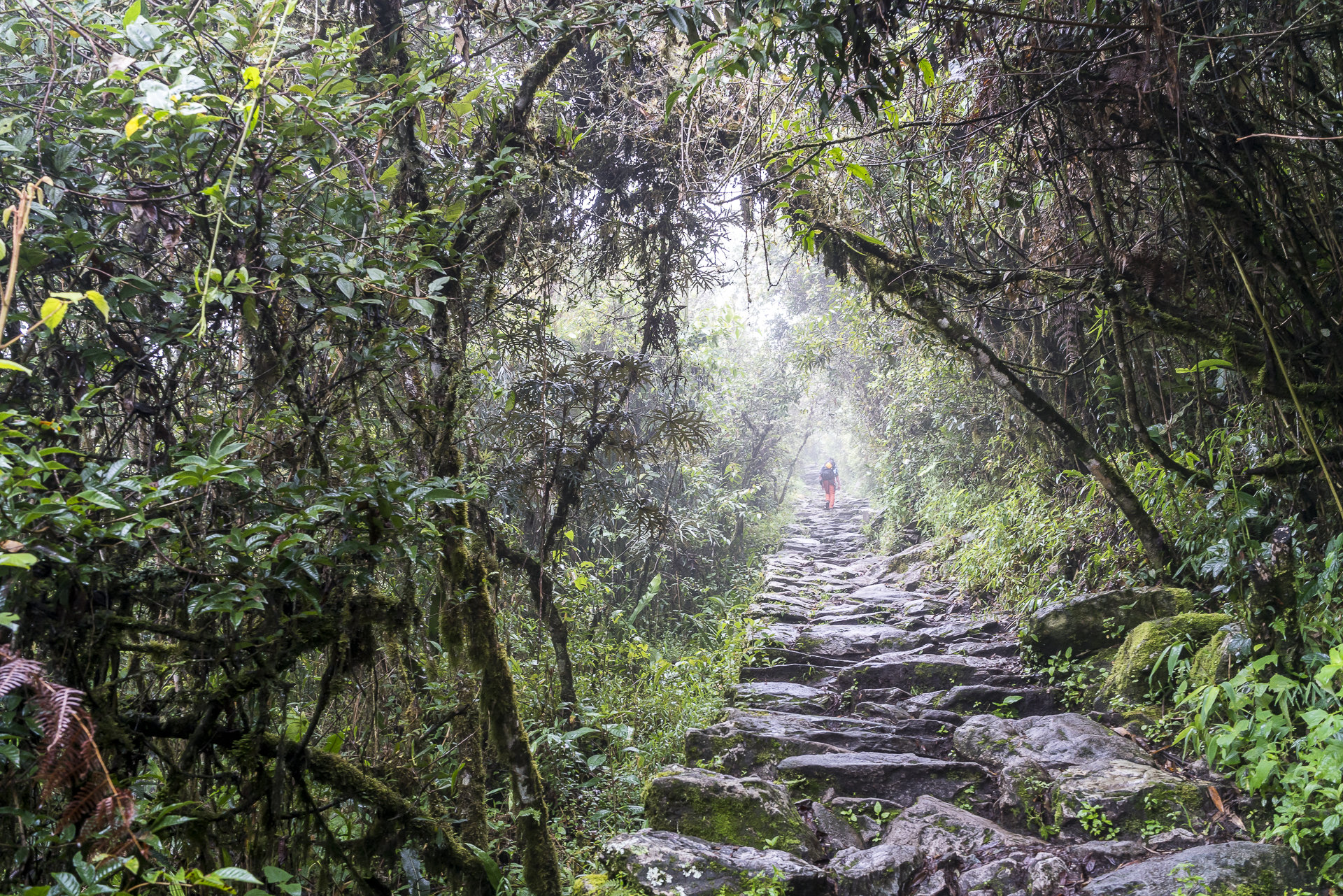
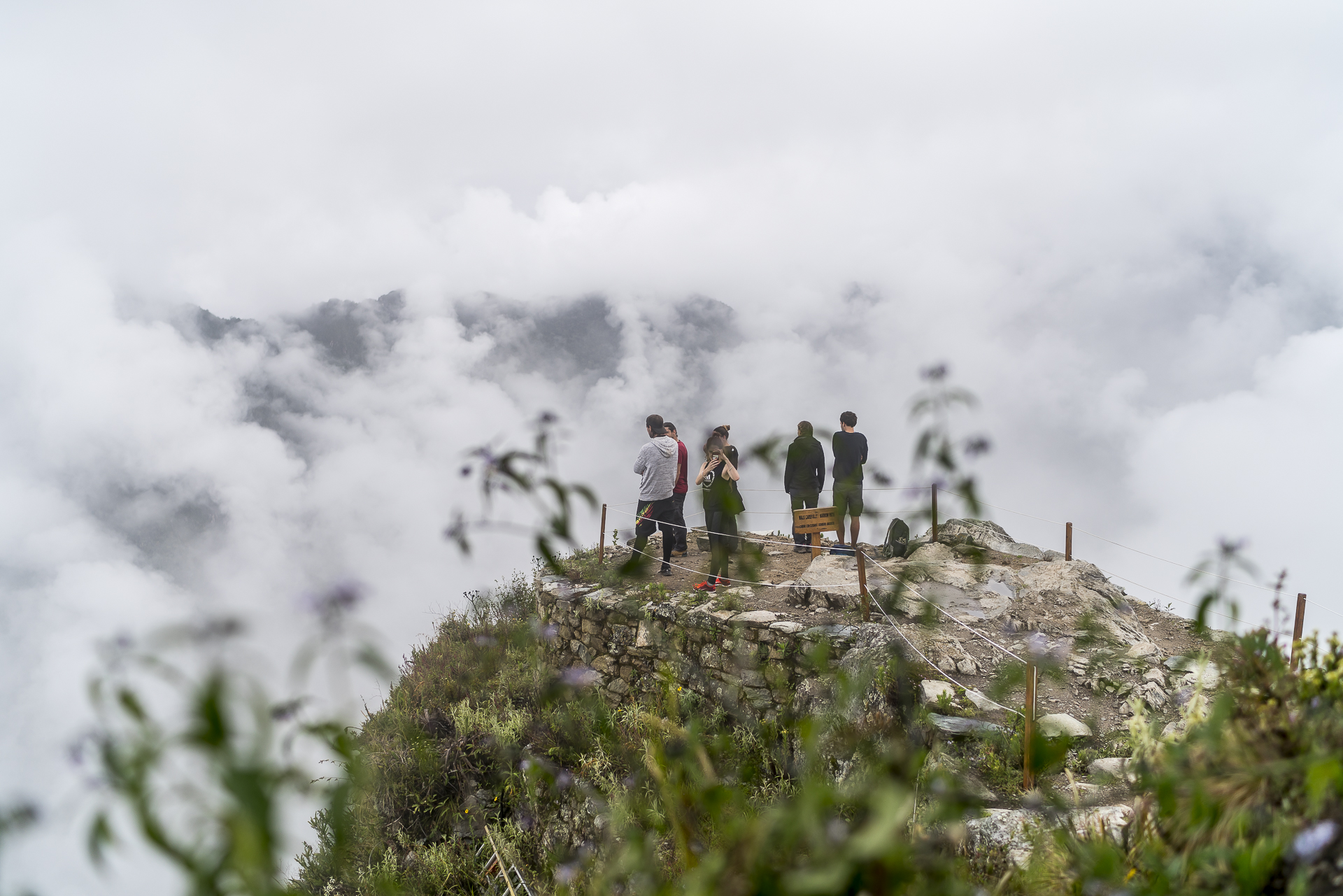
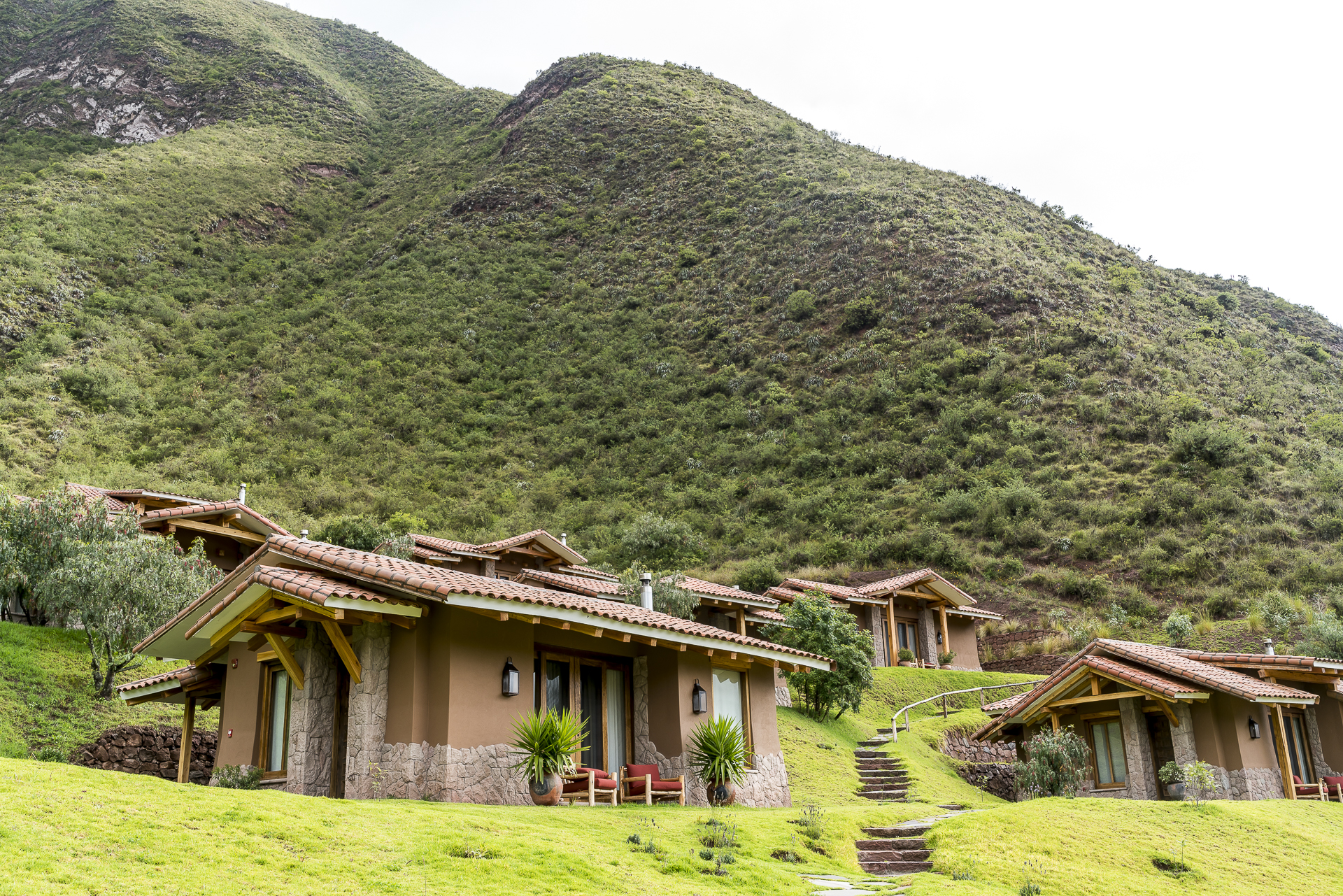
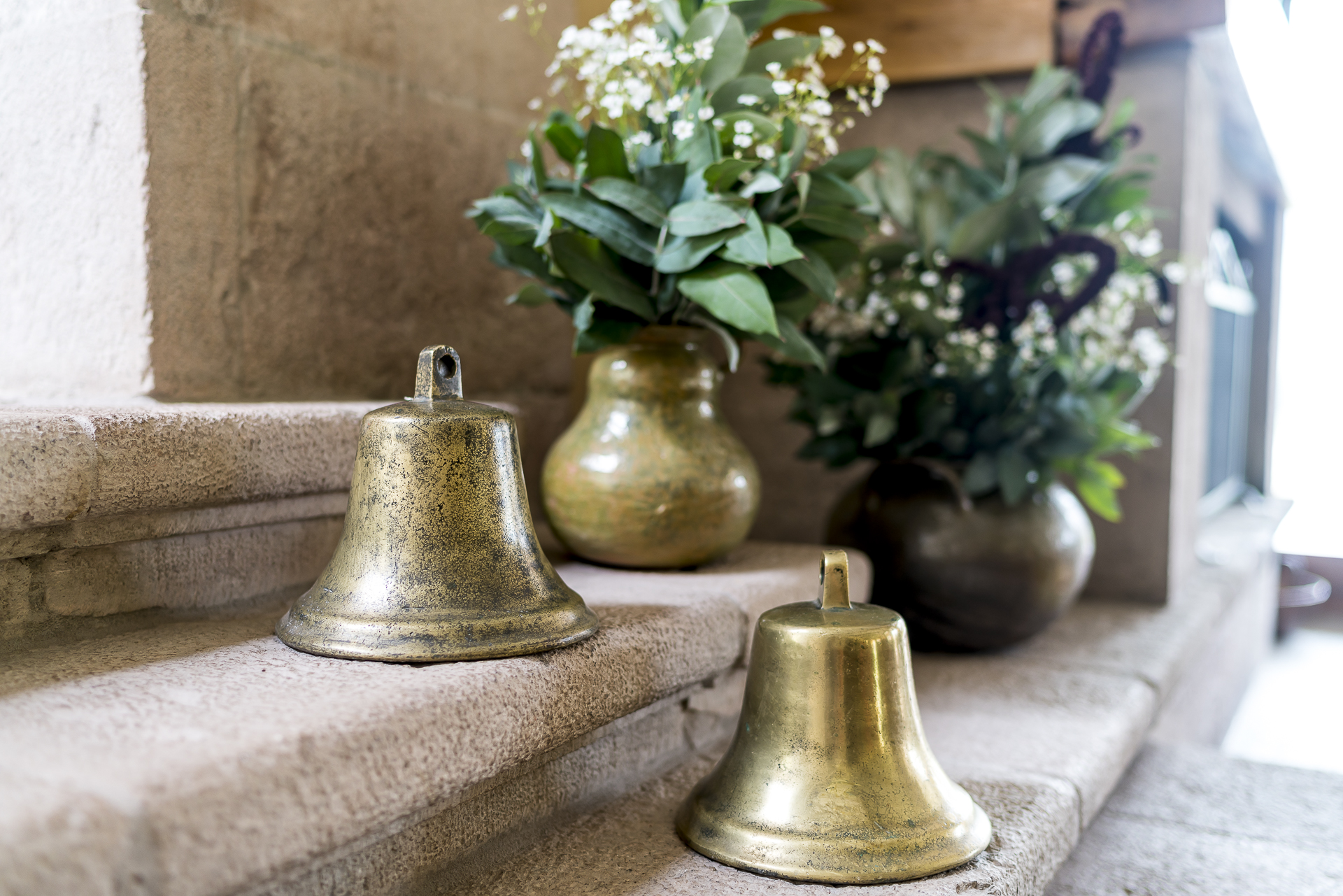
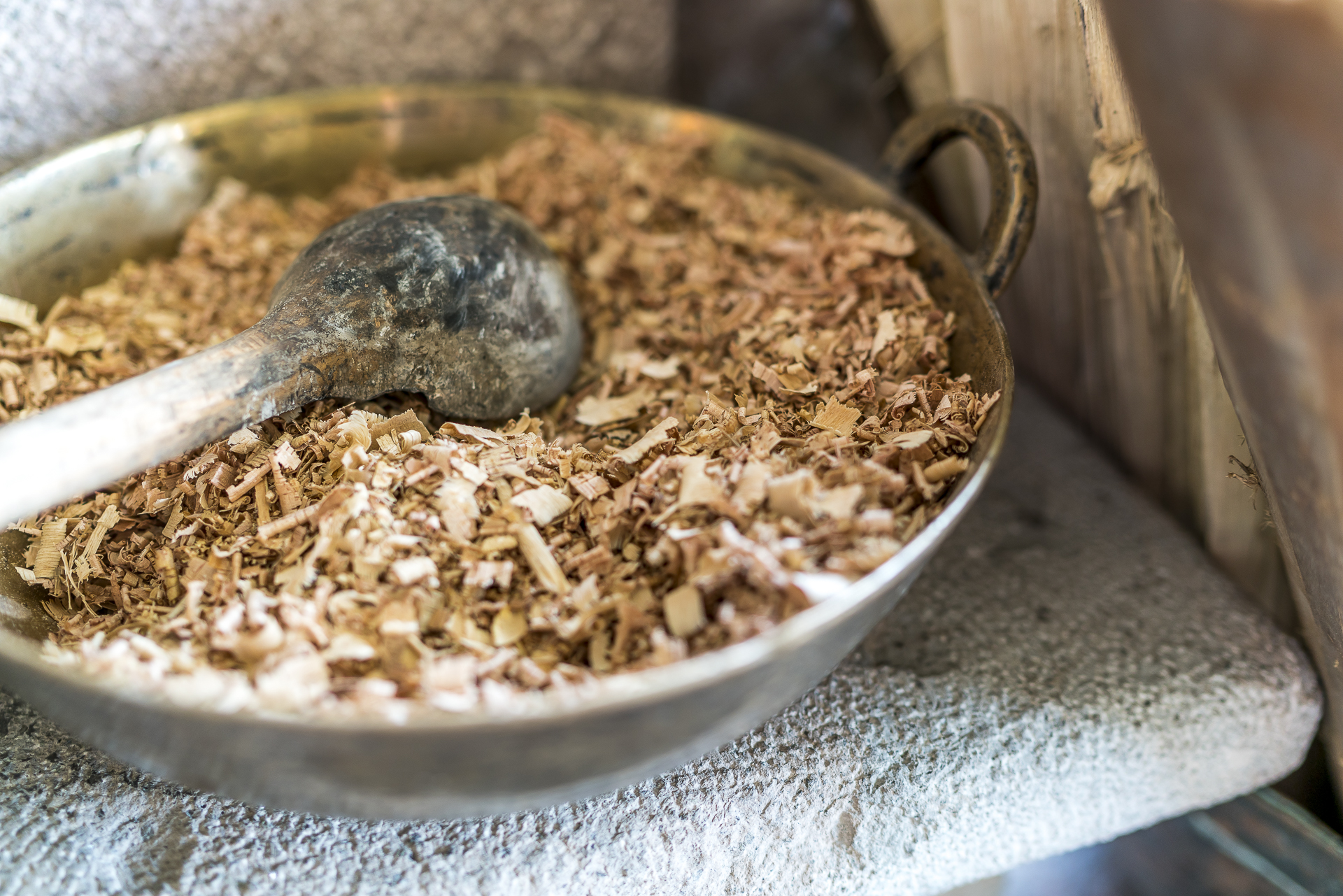
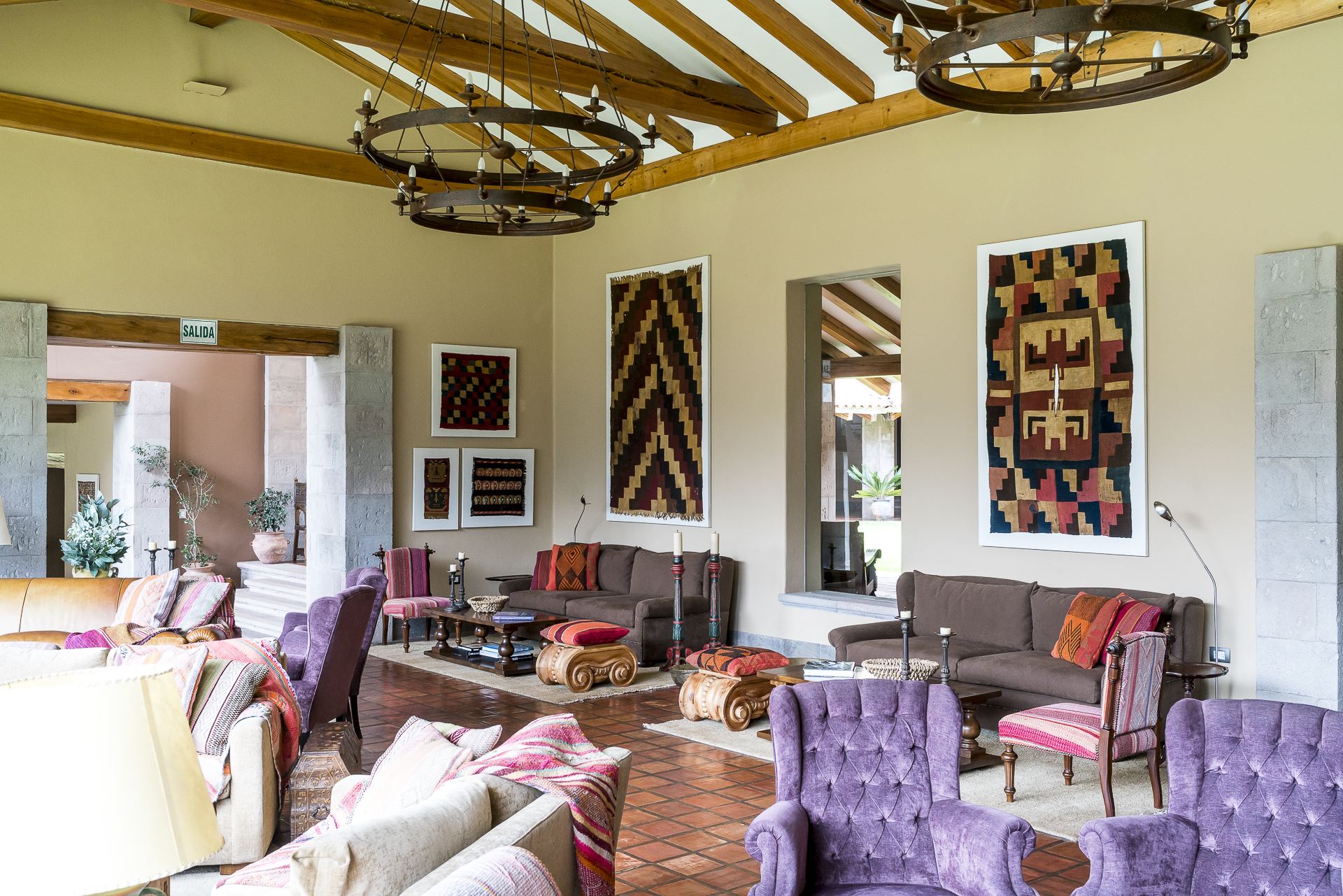
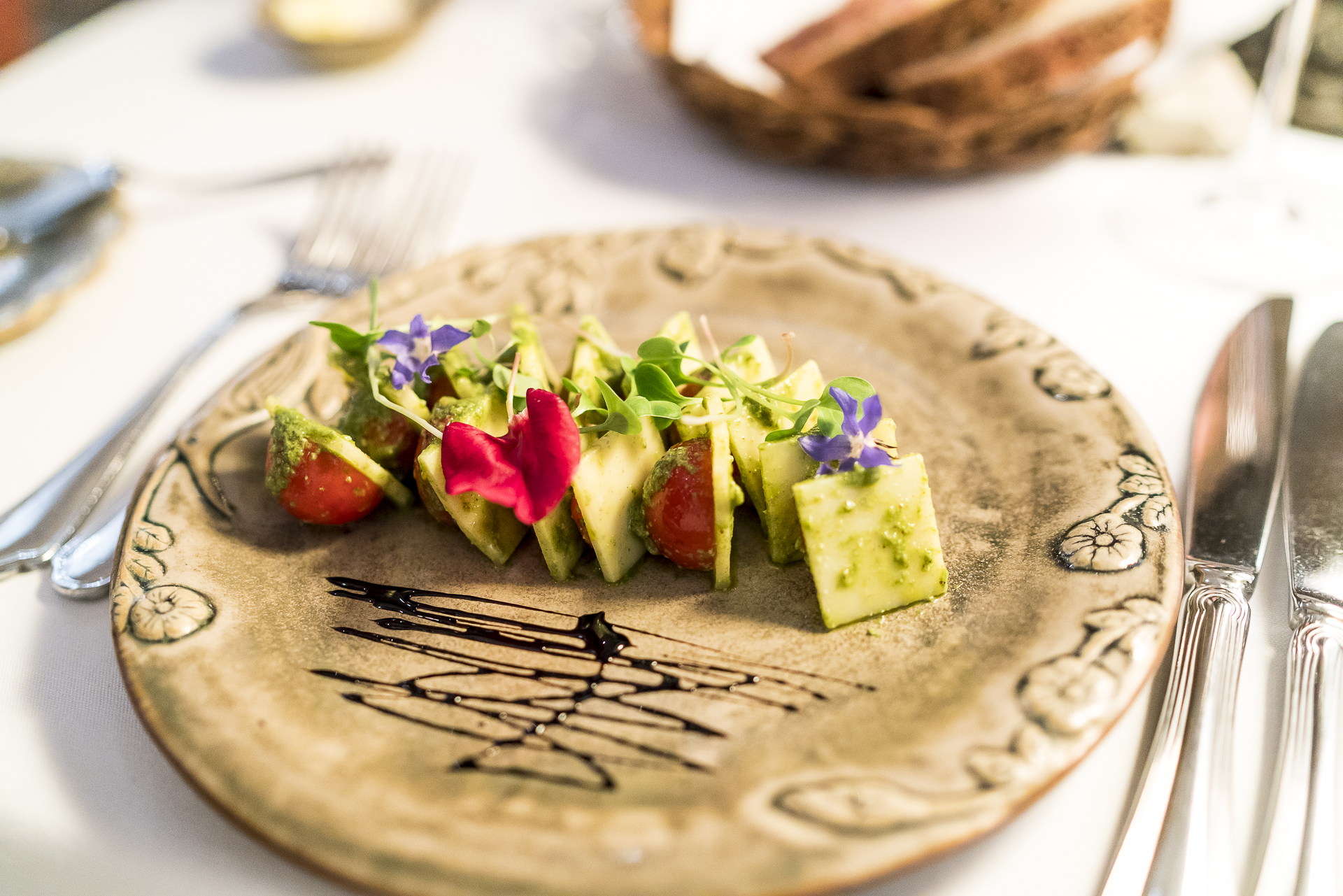
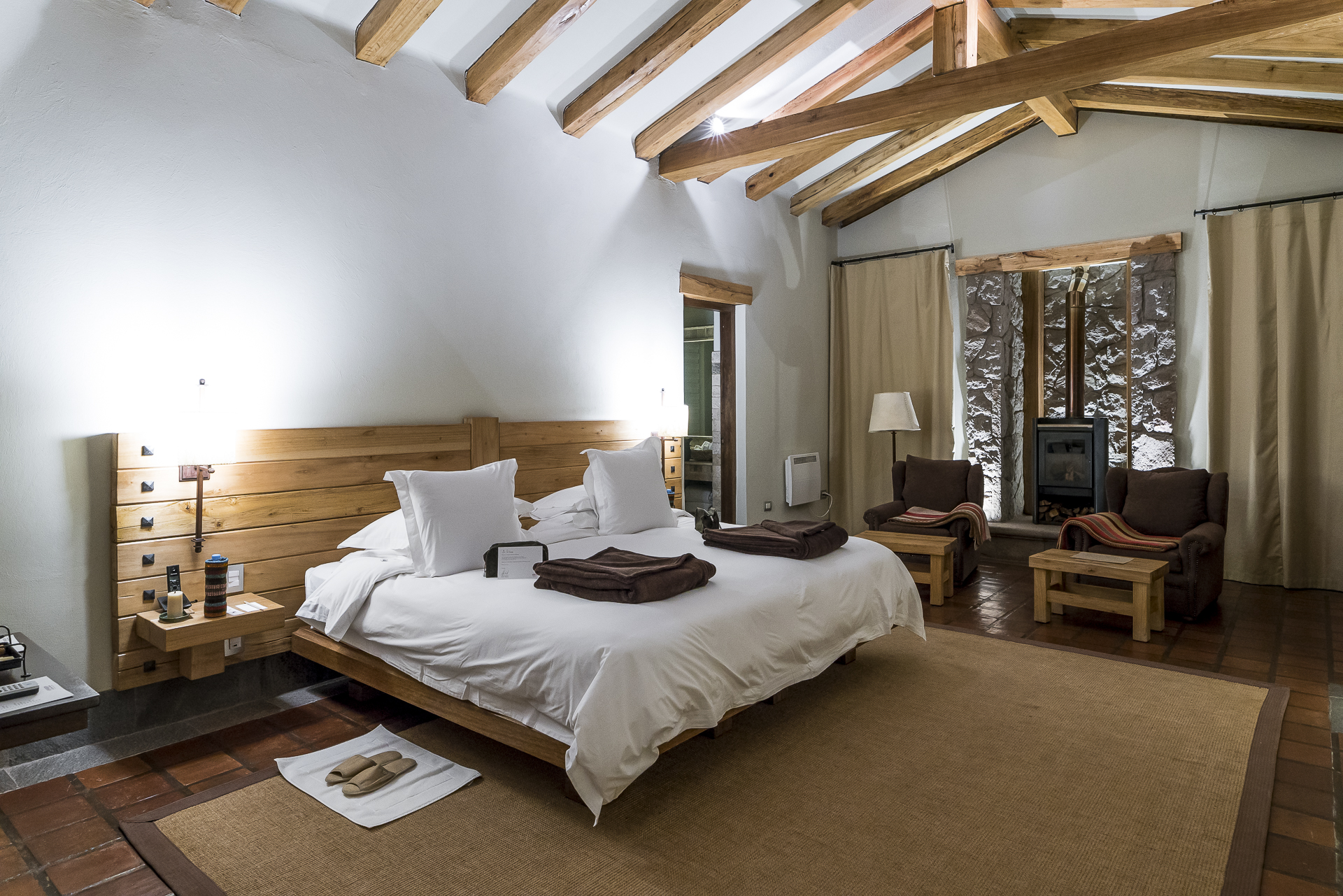
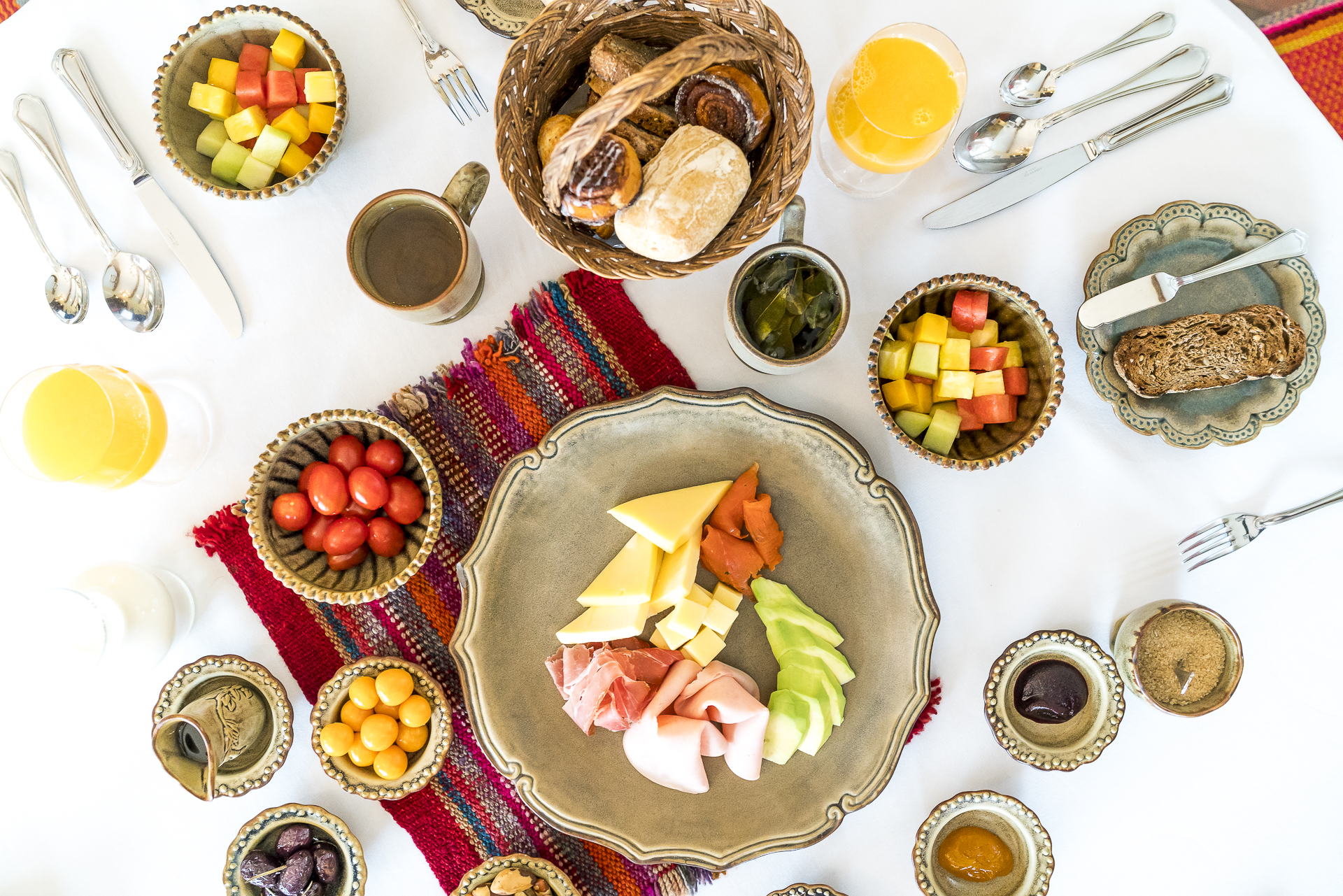

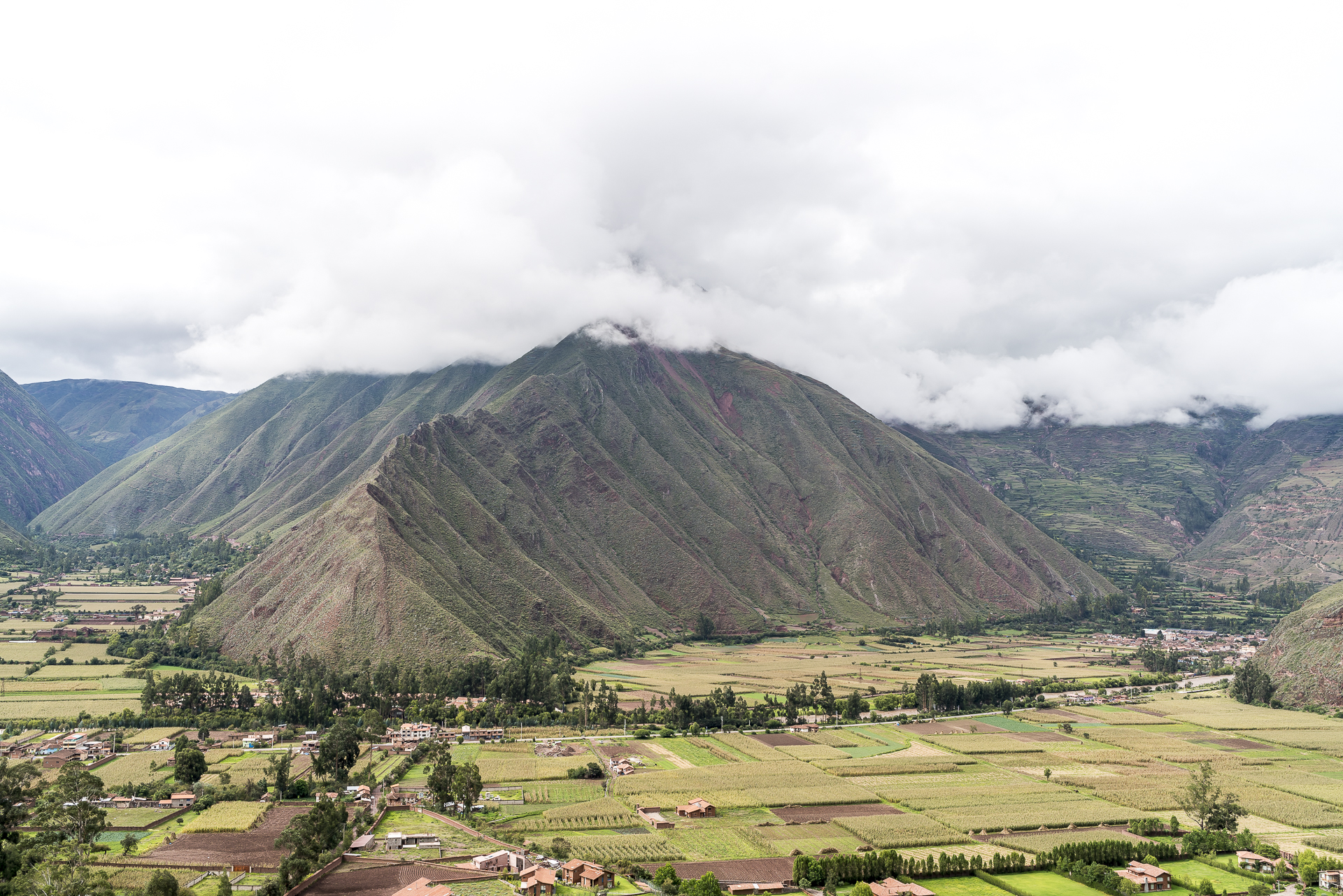
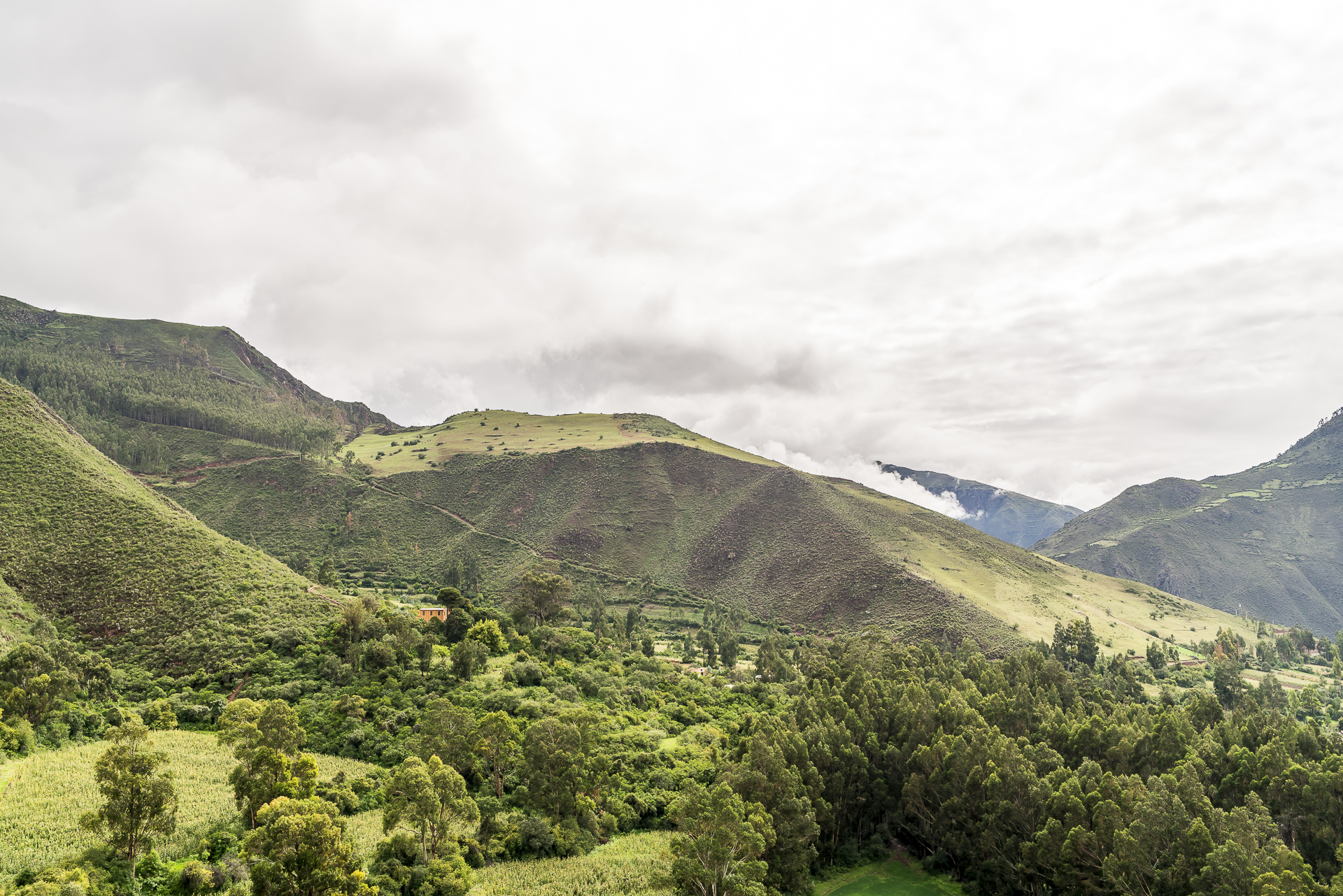
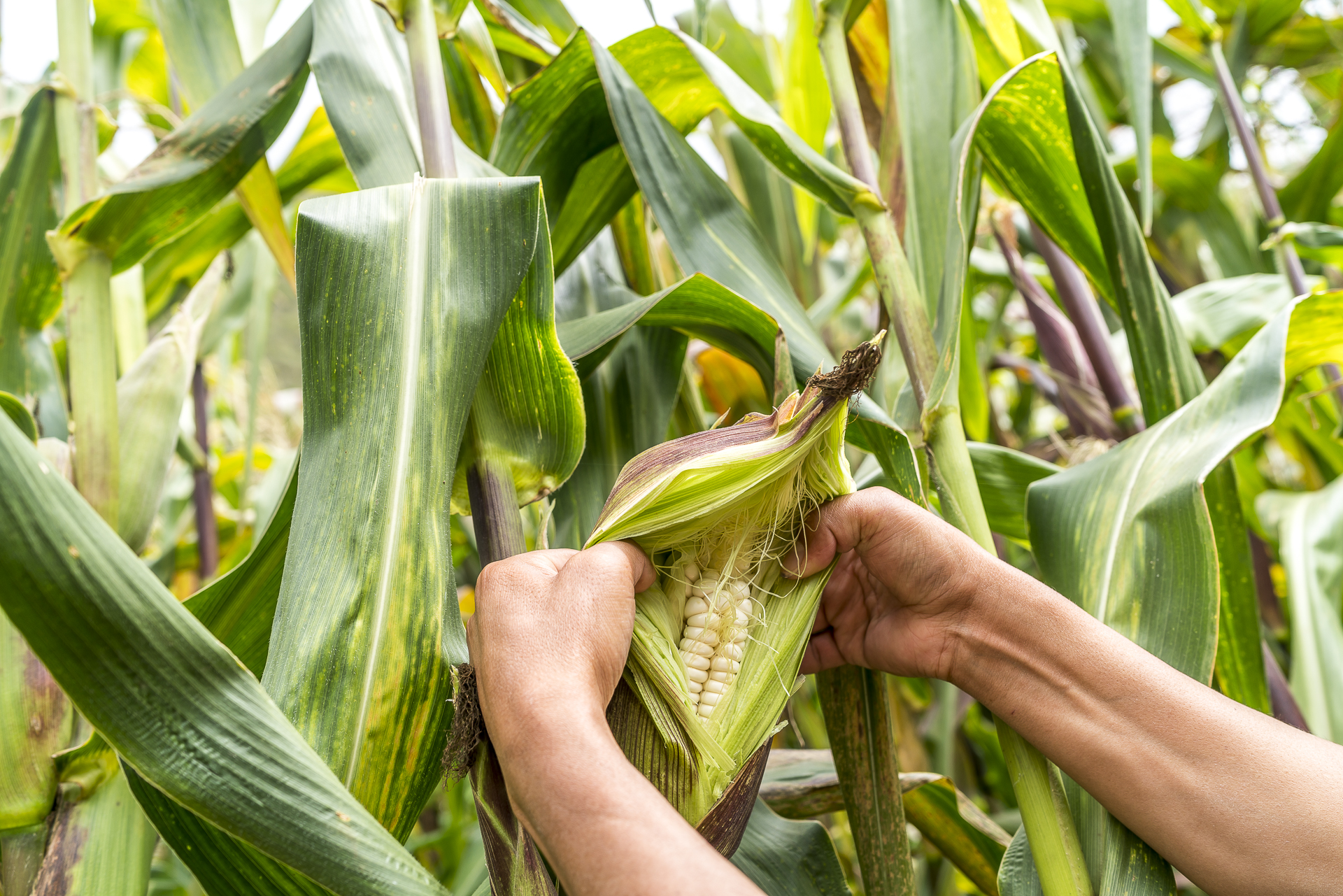
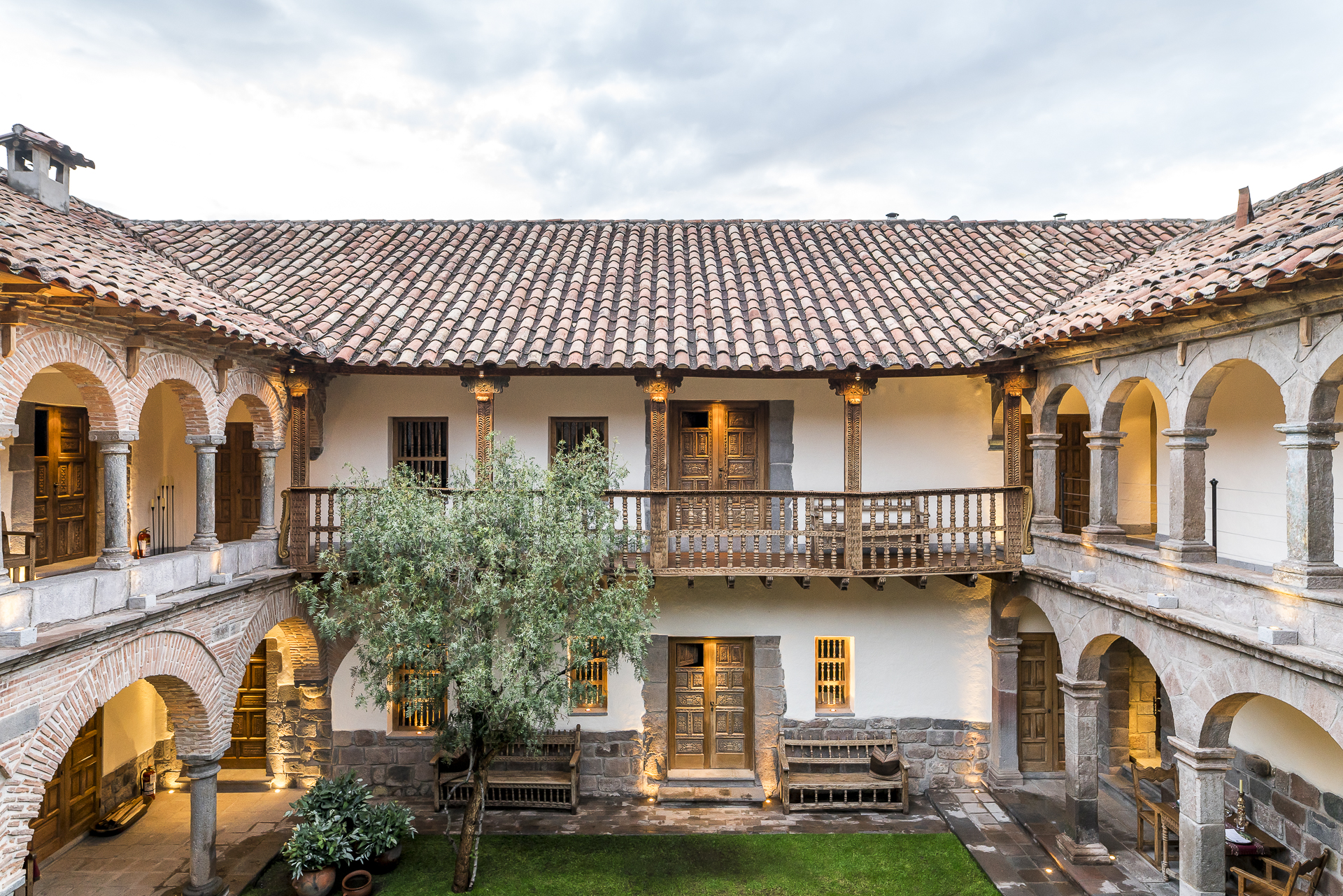

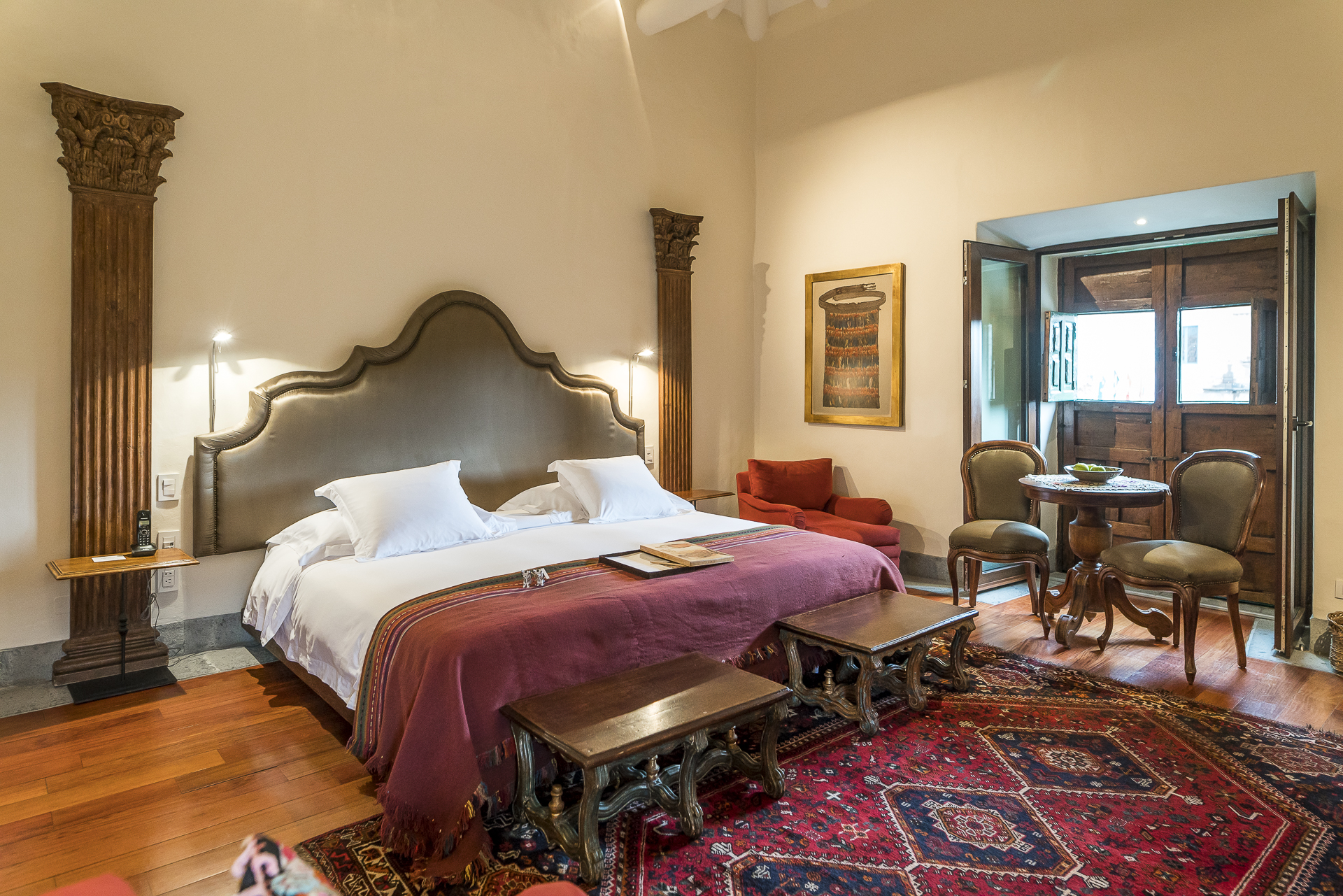
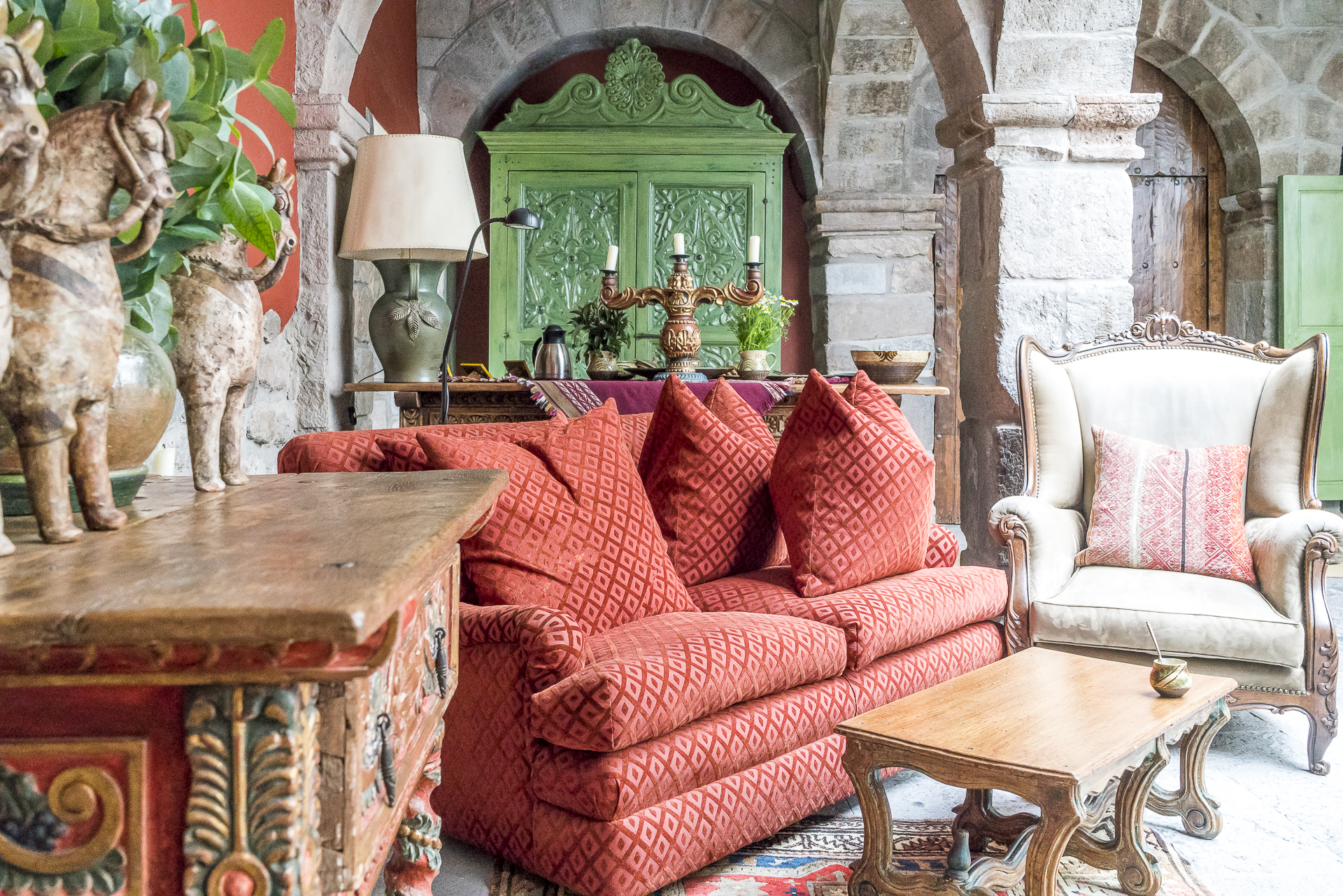
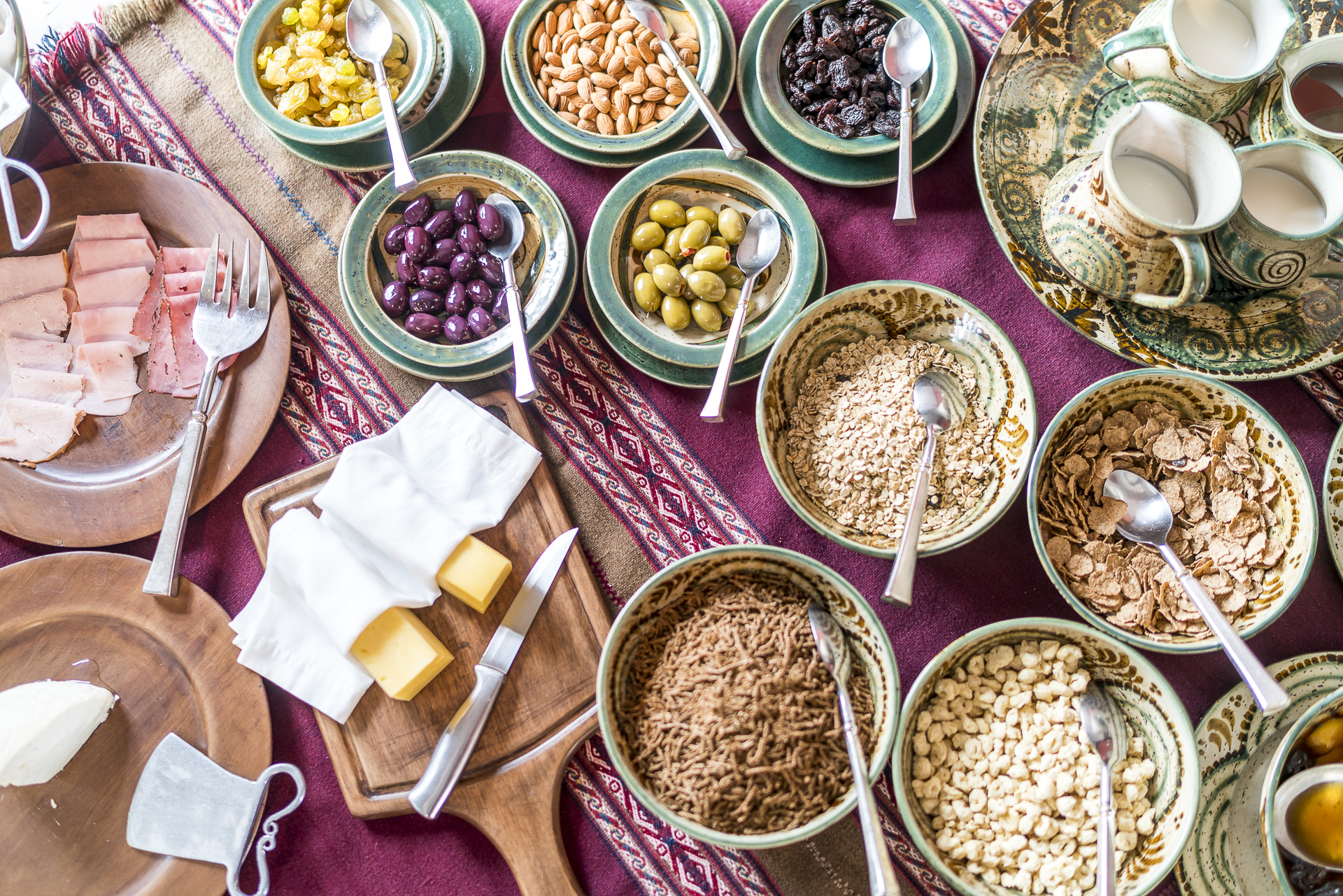
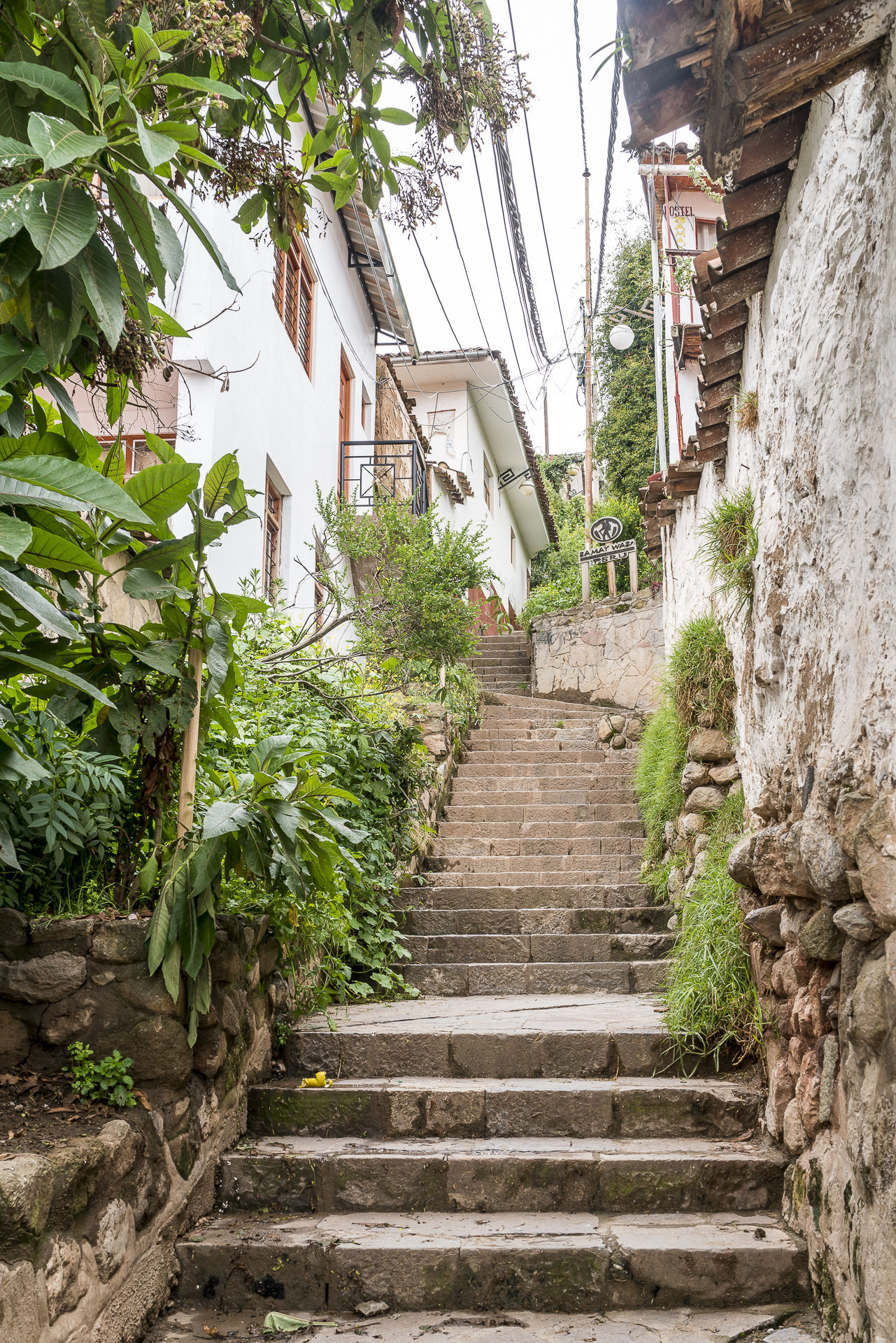
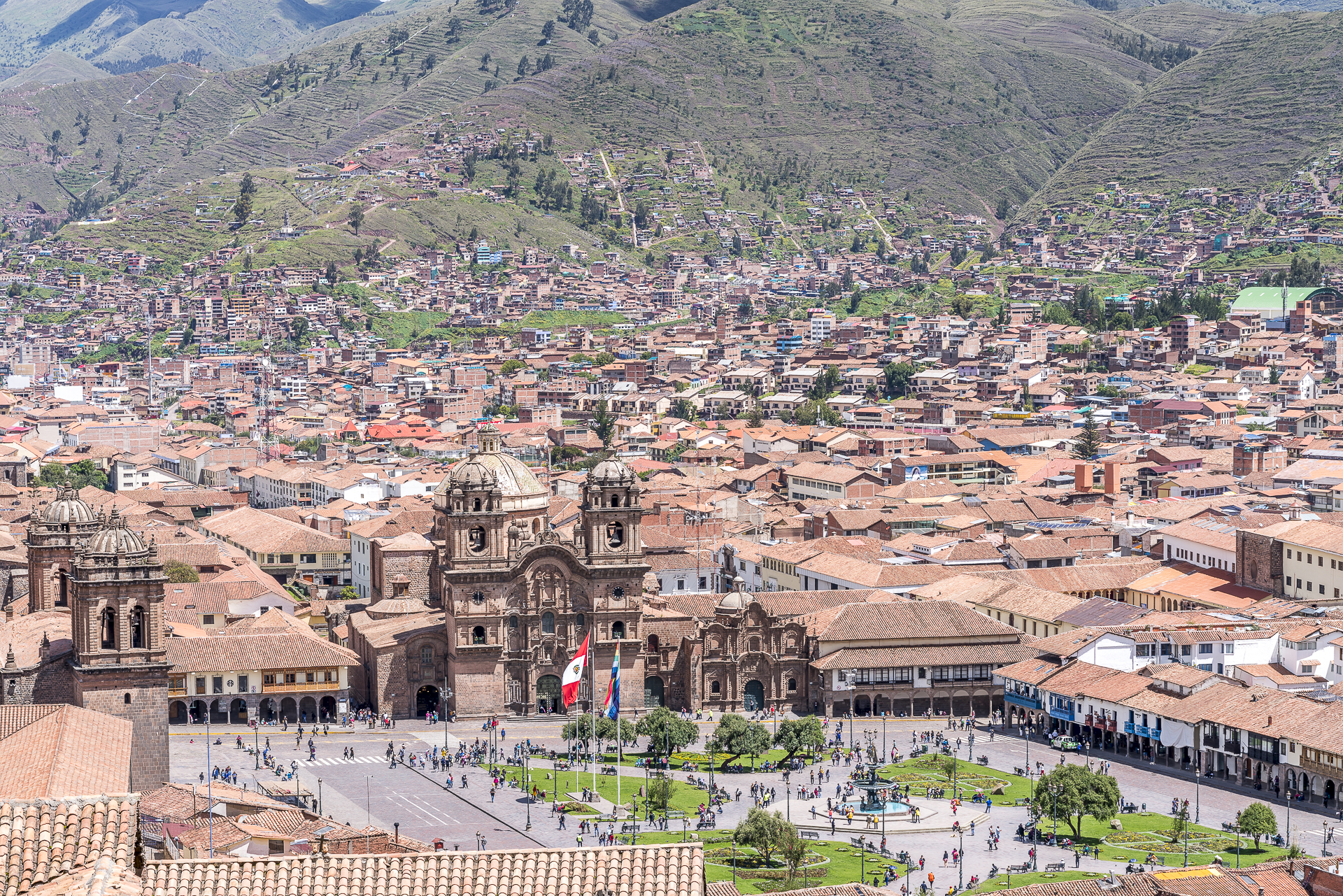
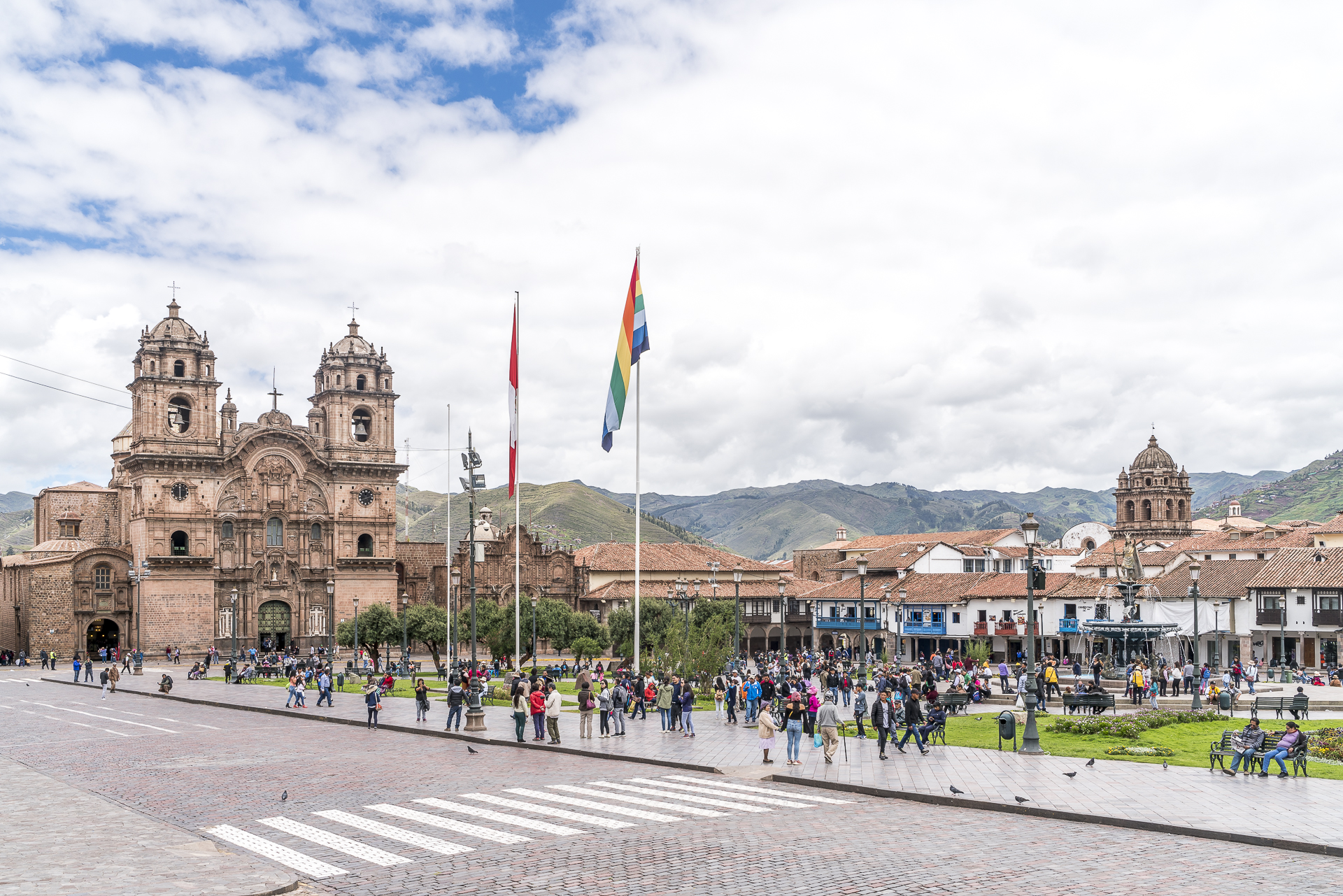
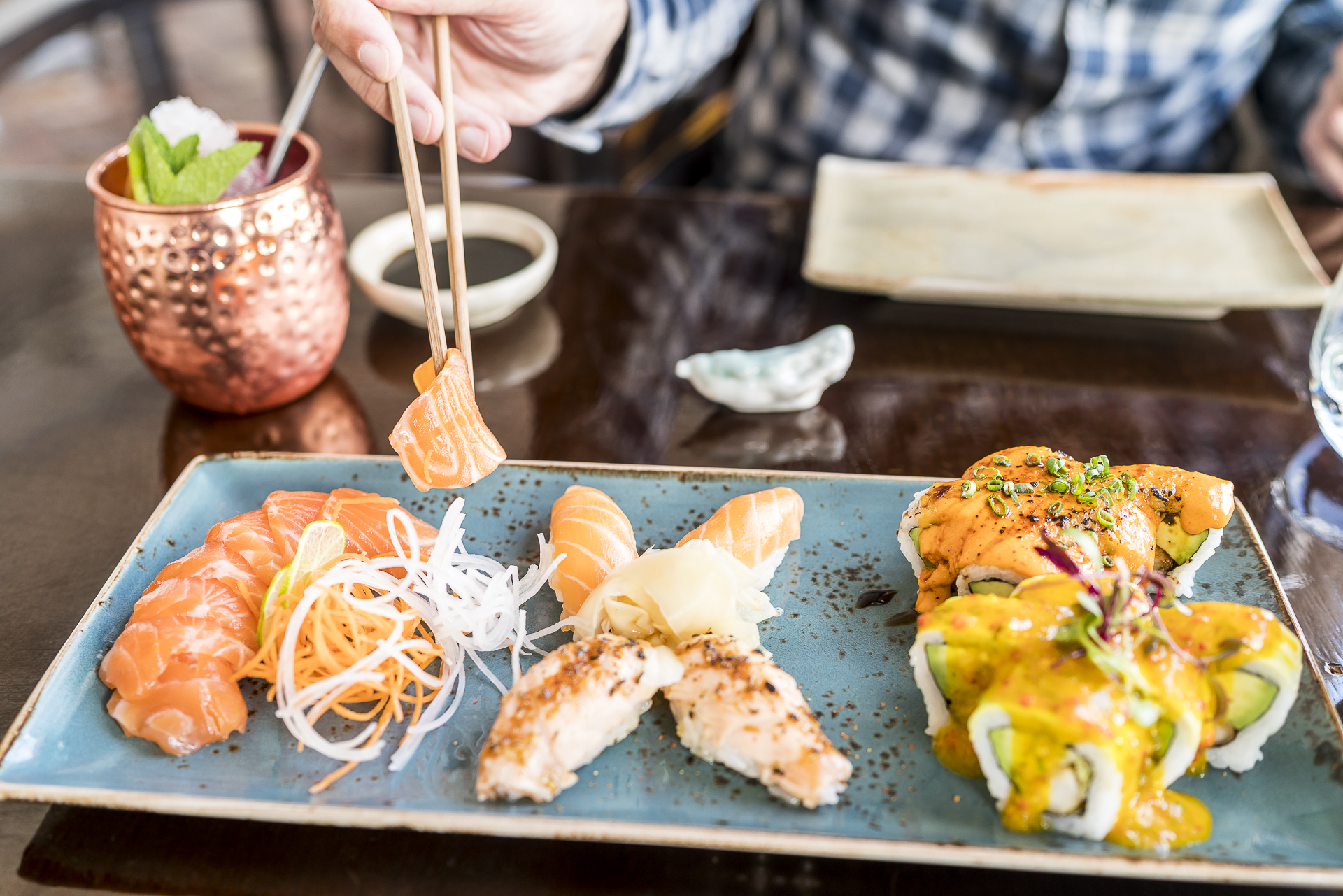
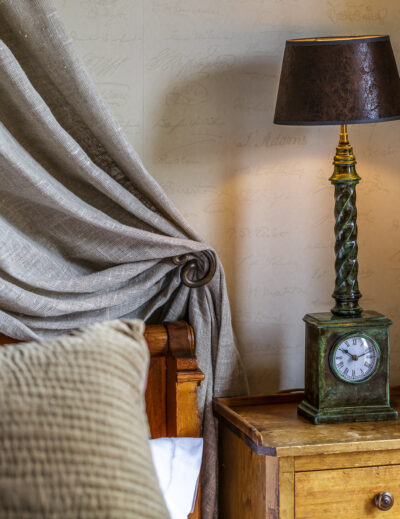
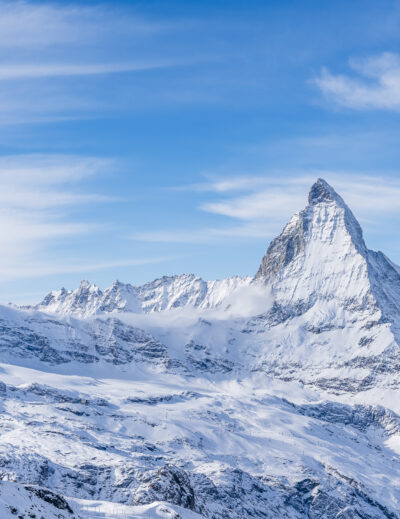
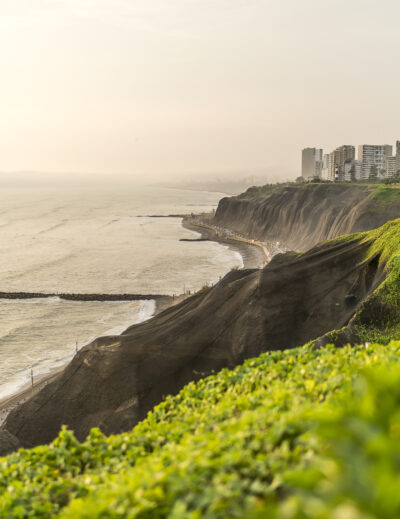
Leave a Reply